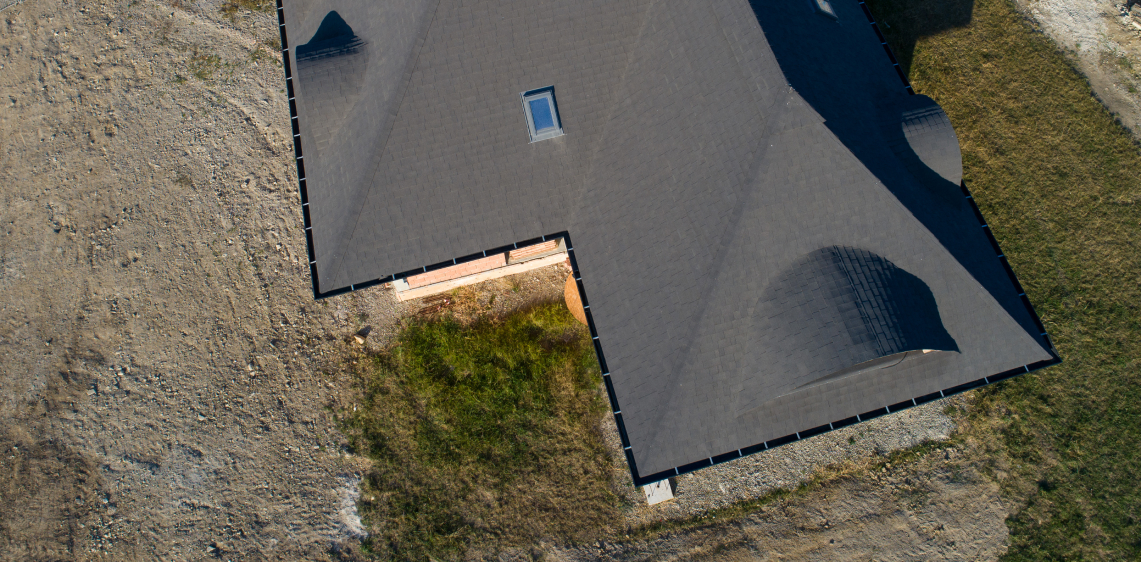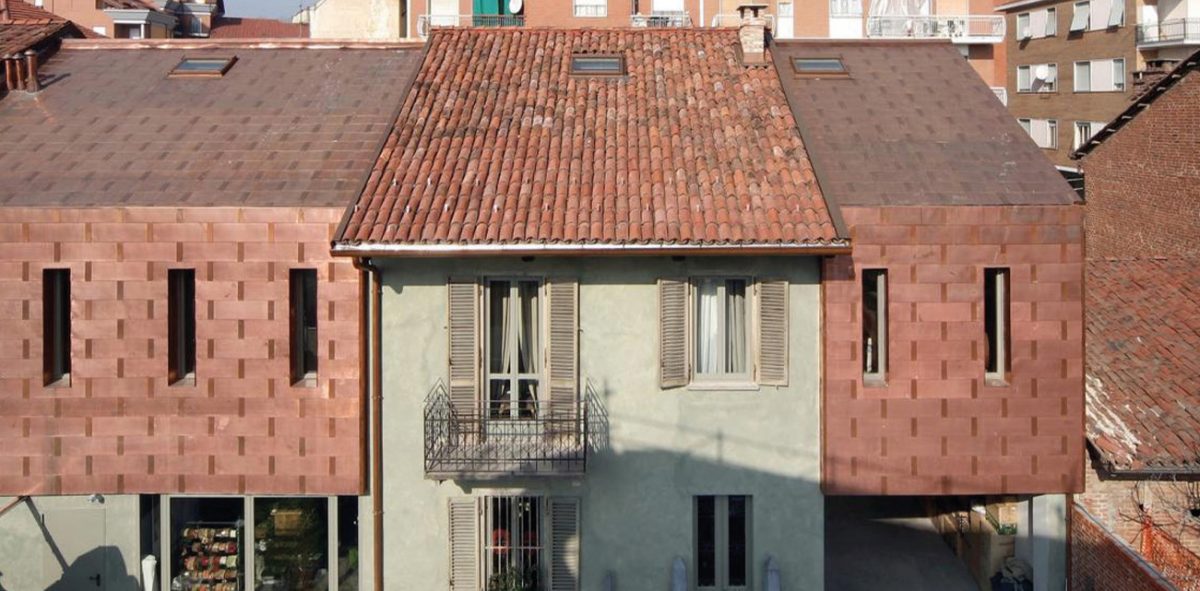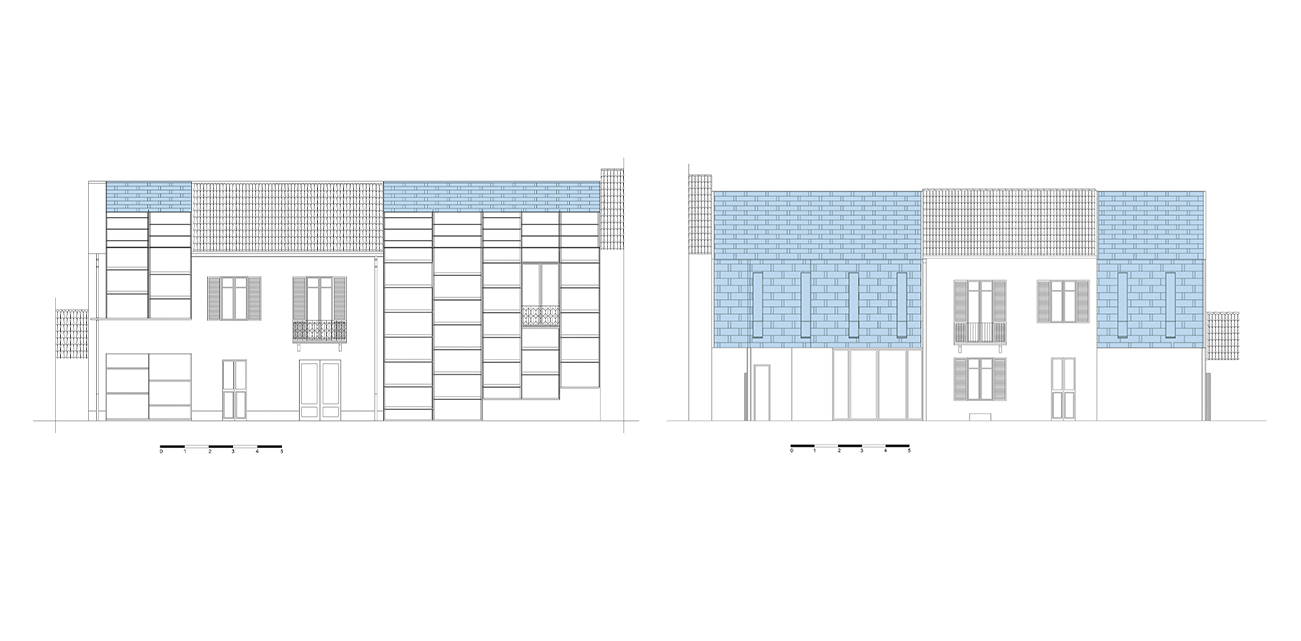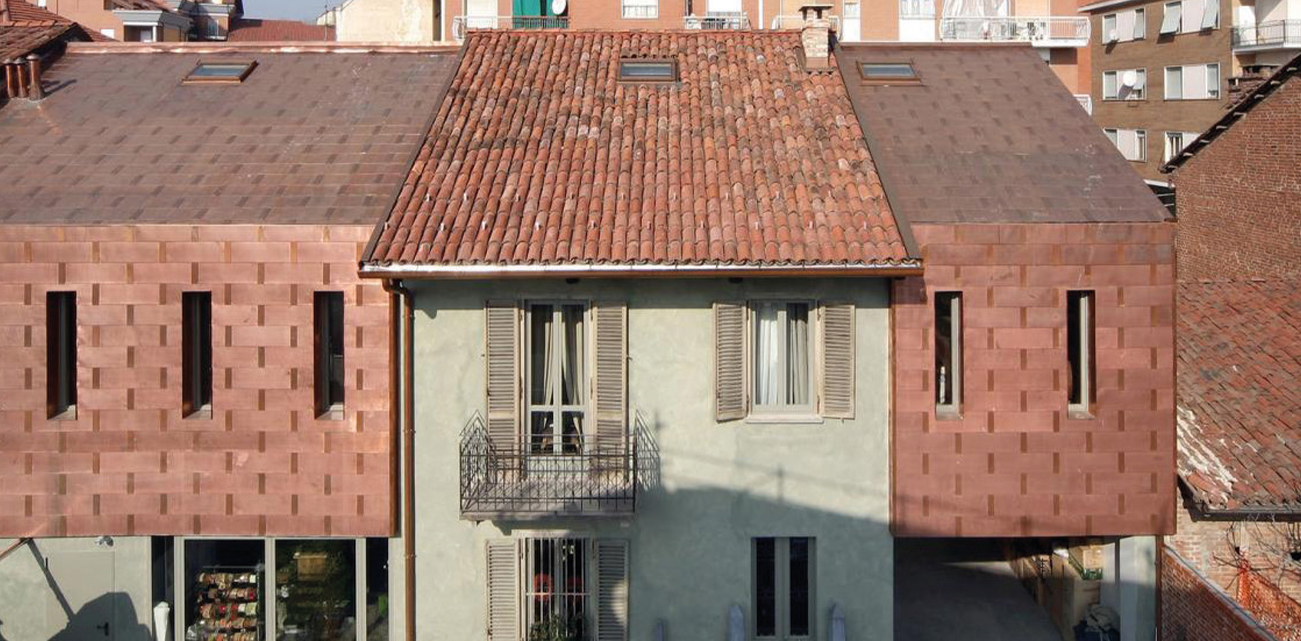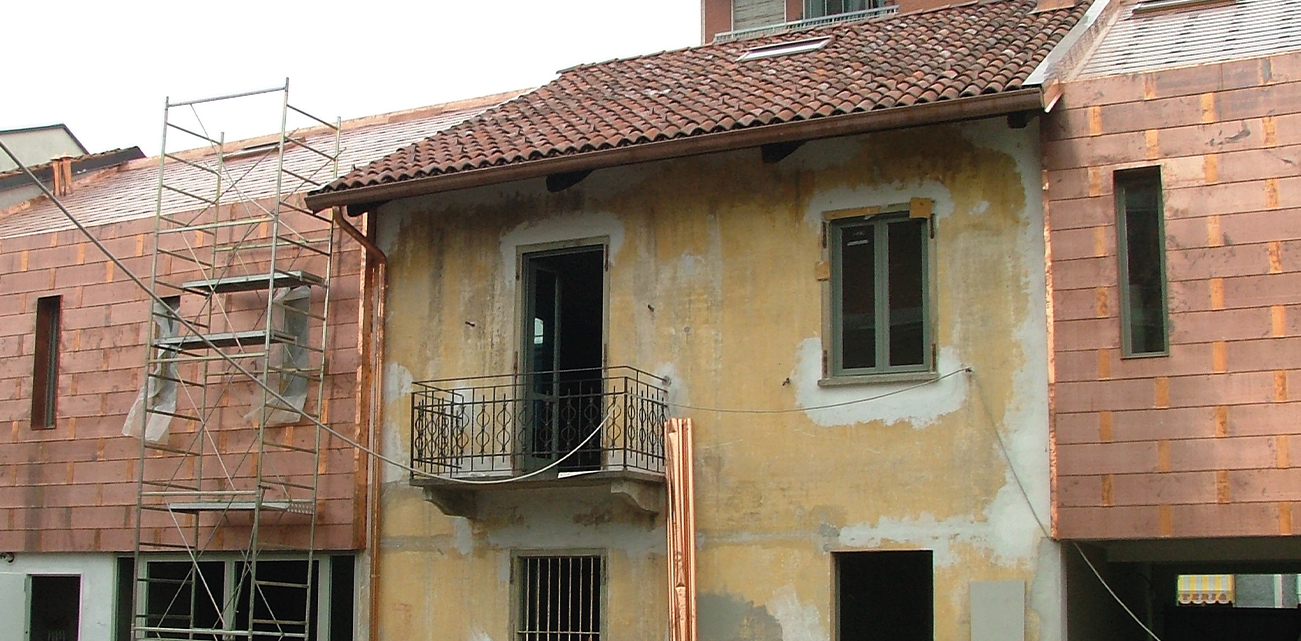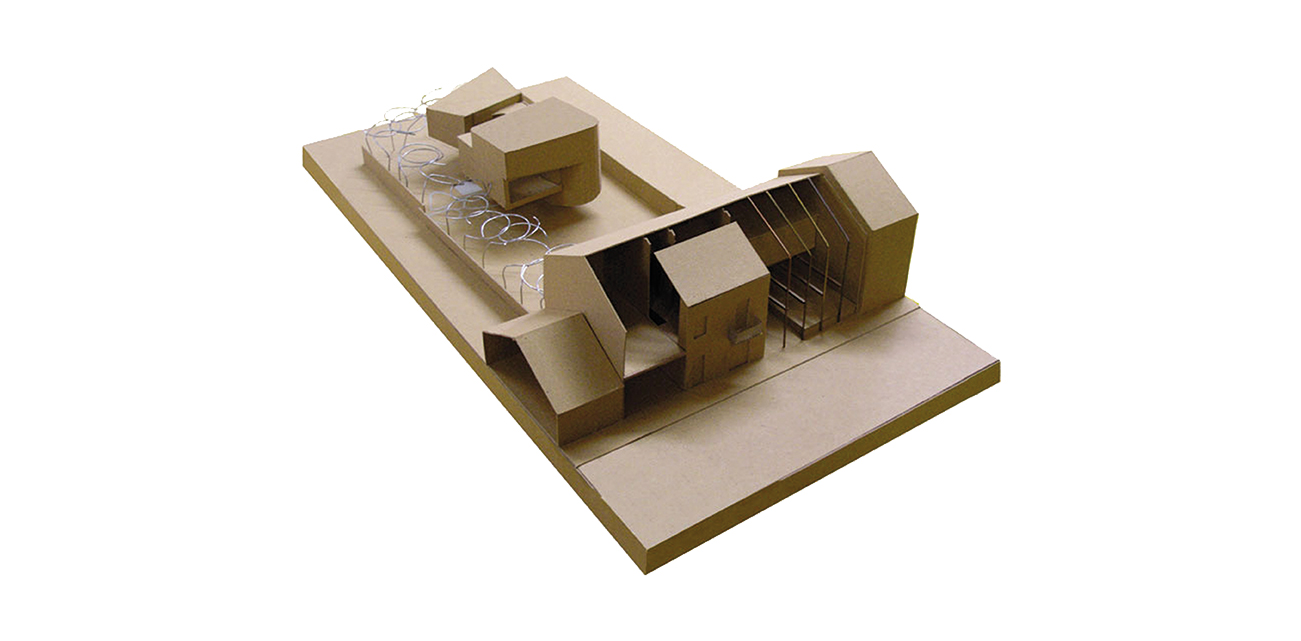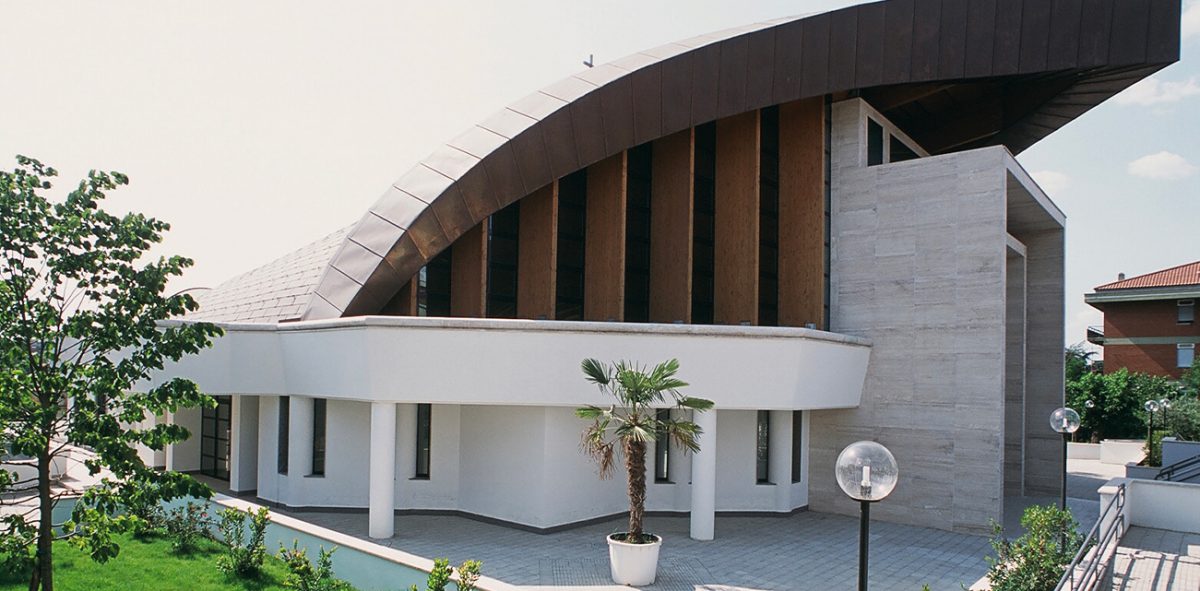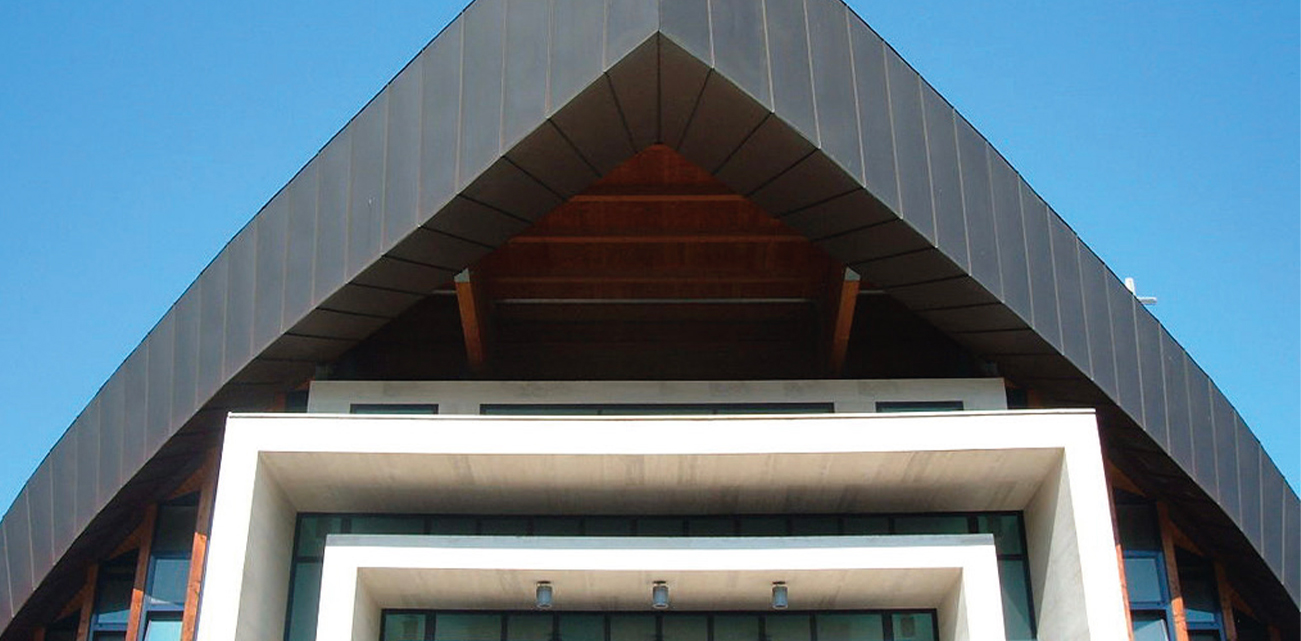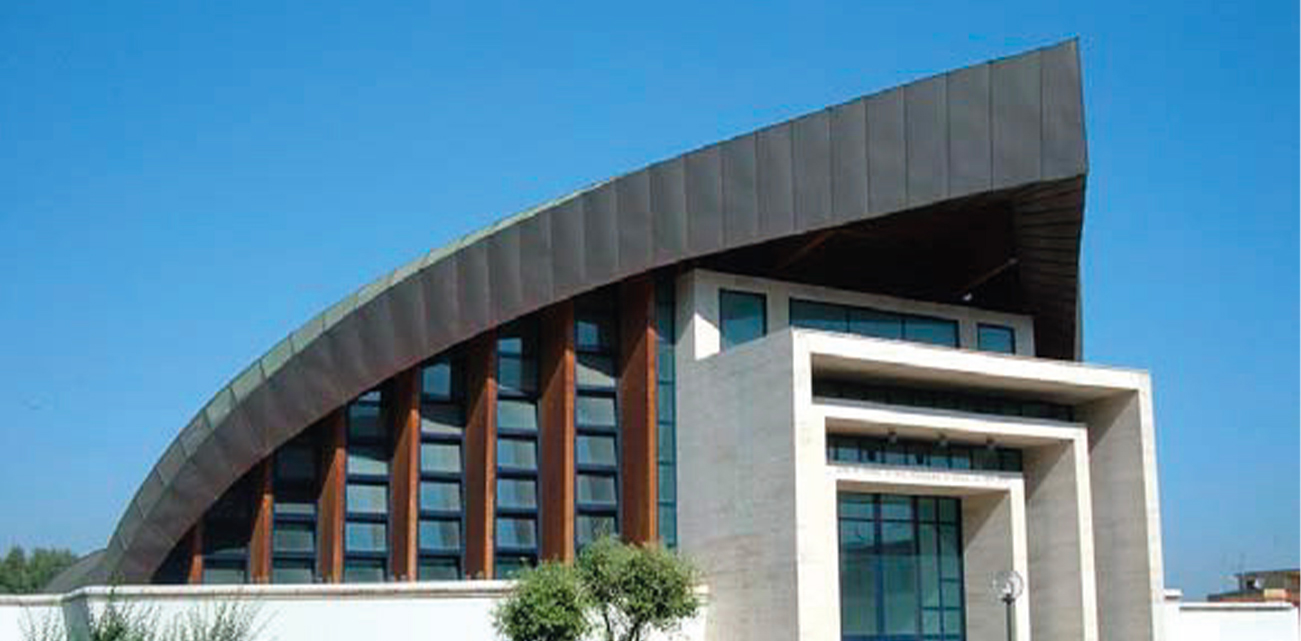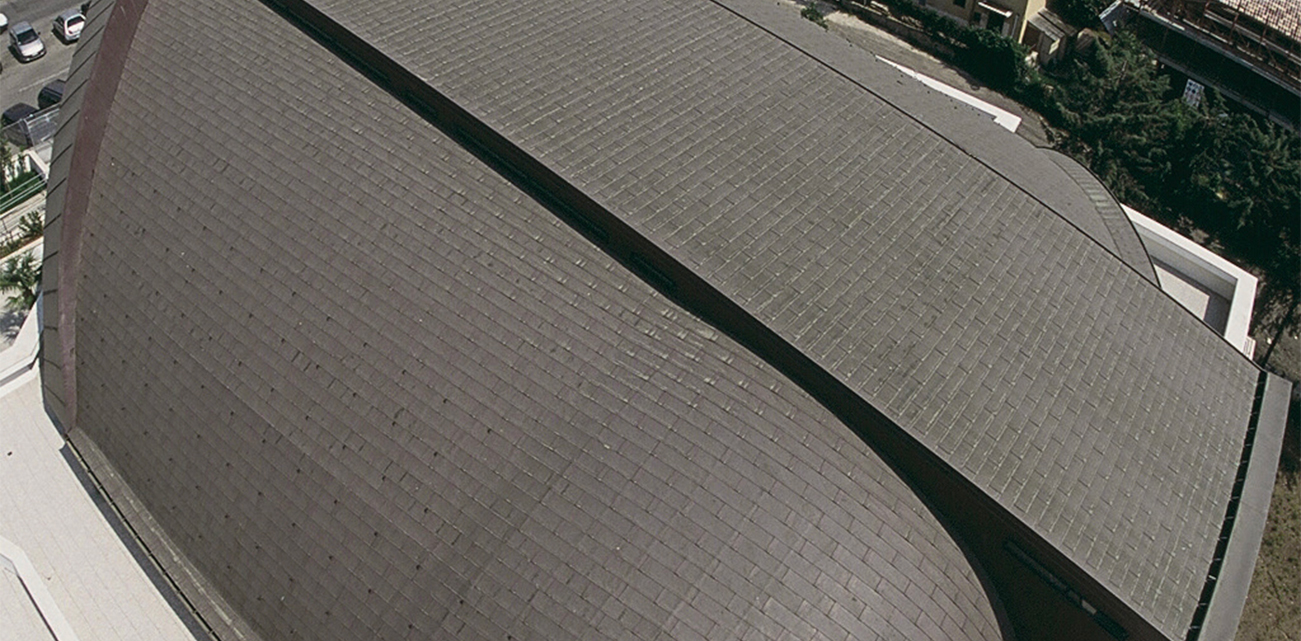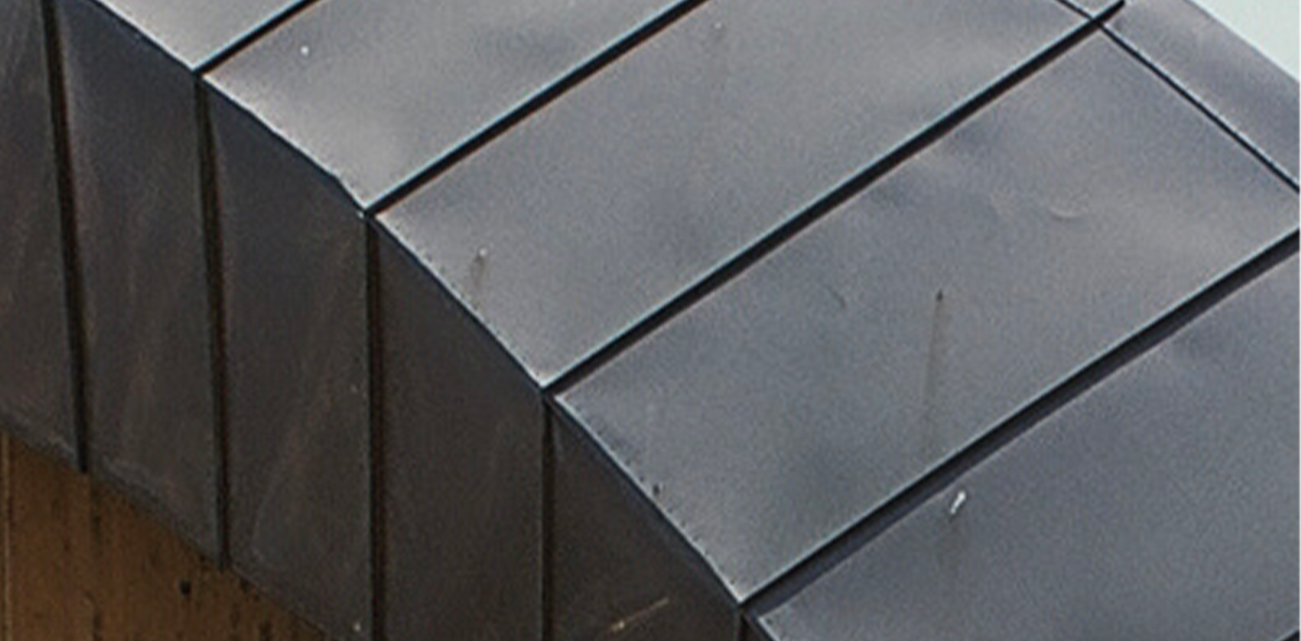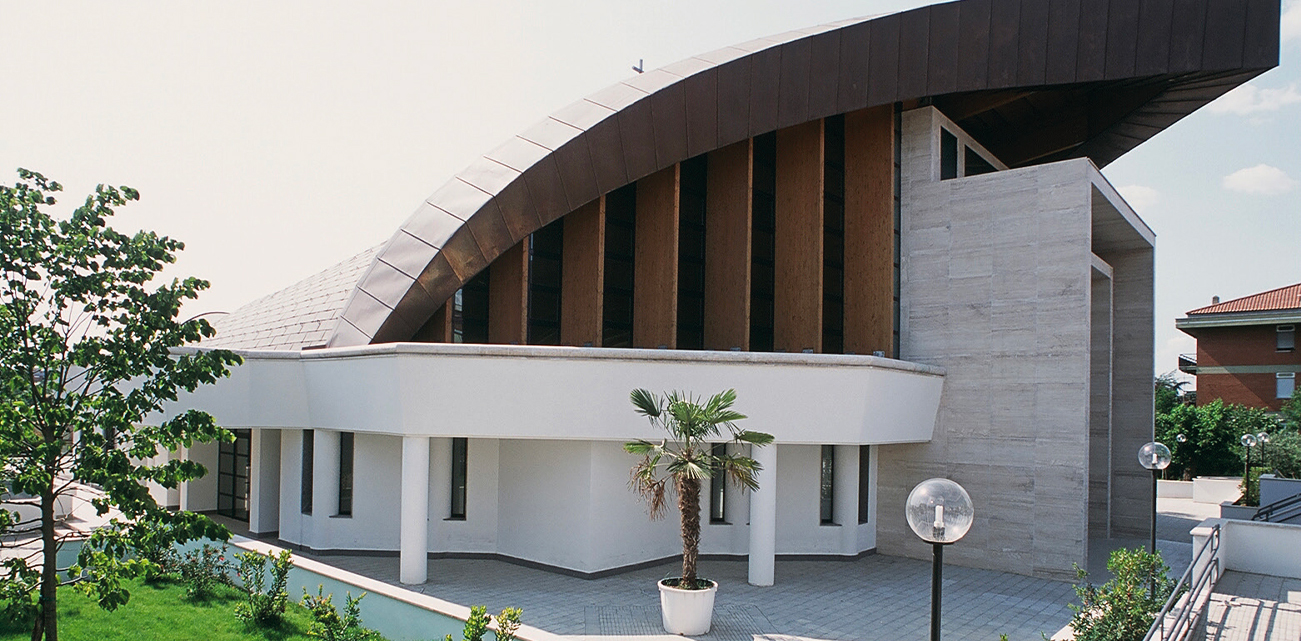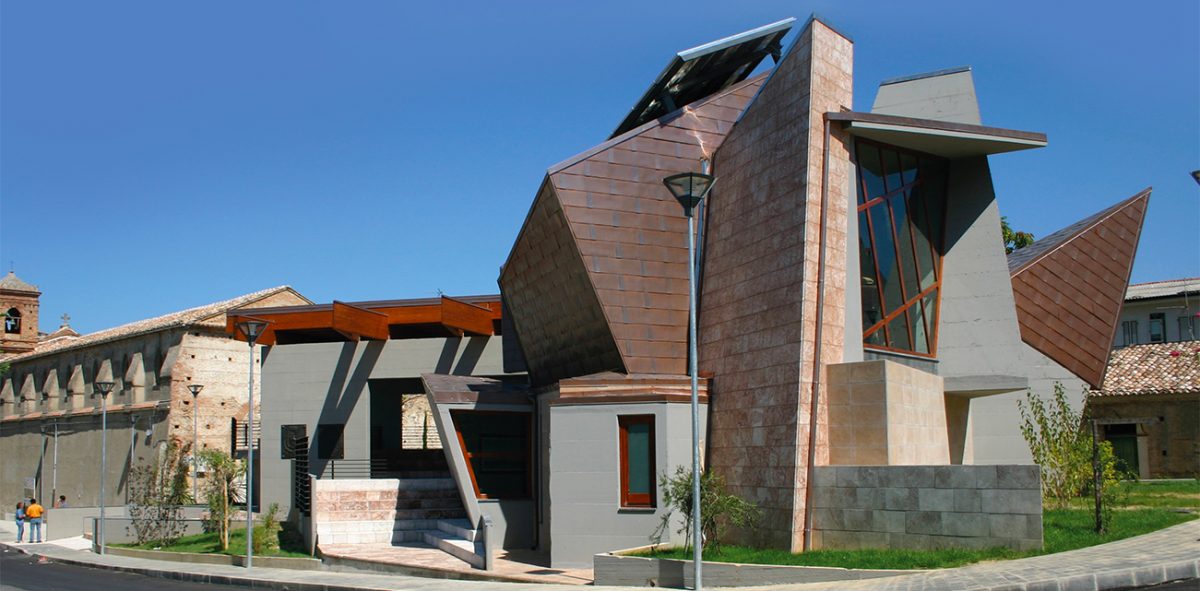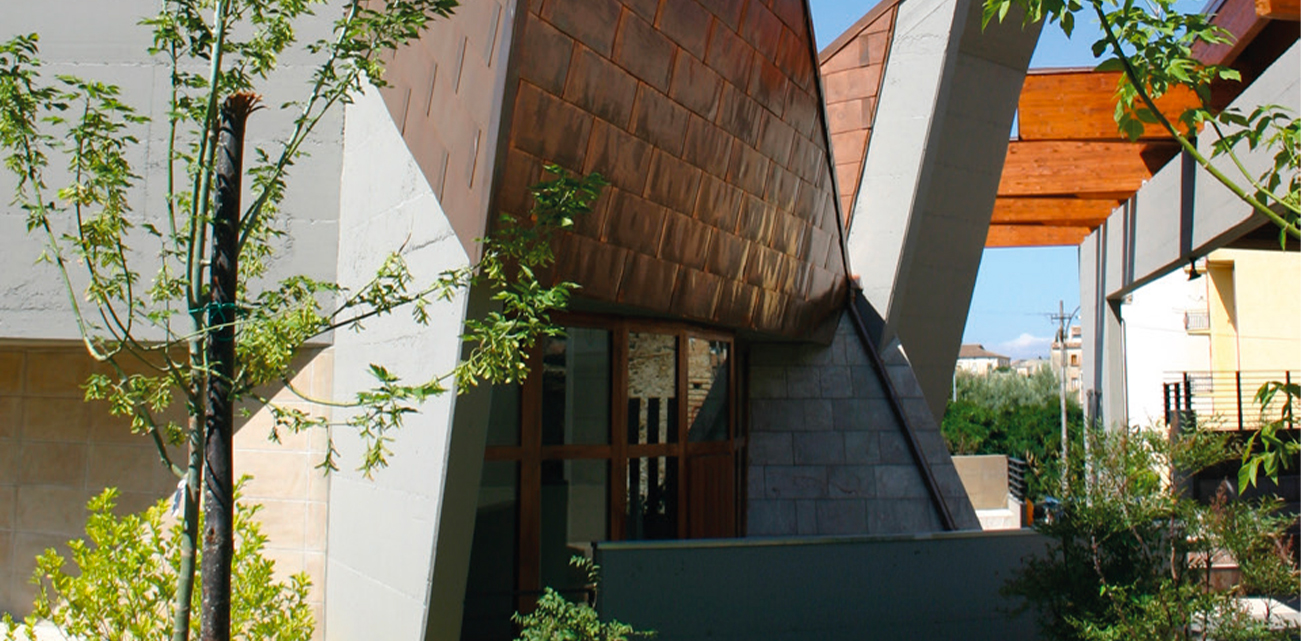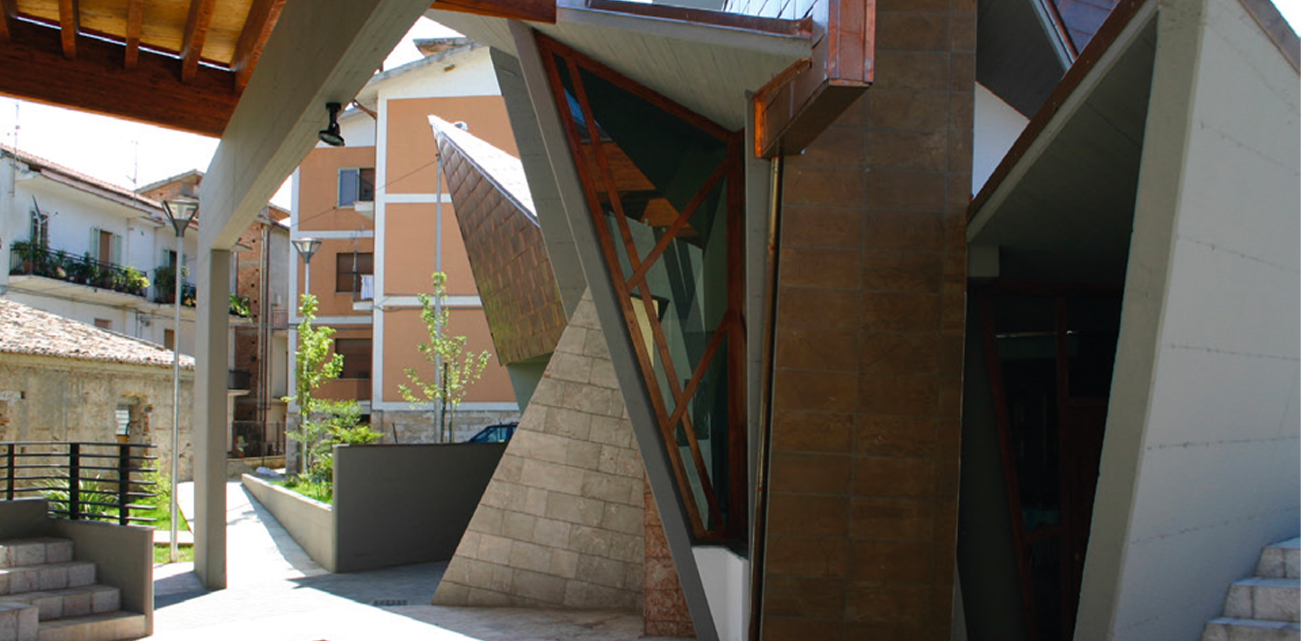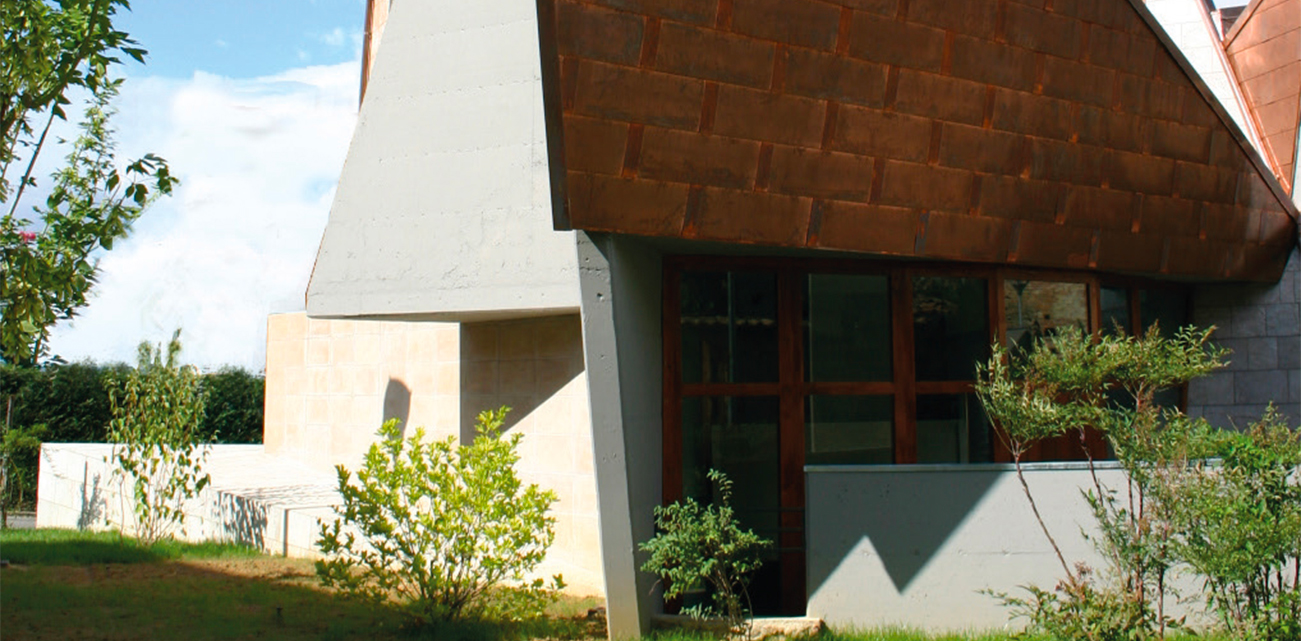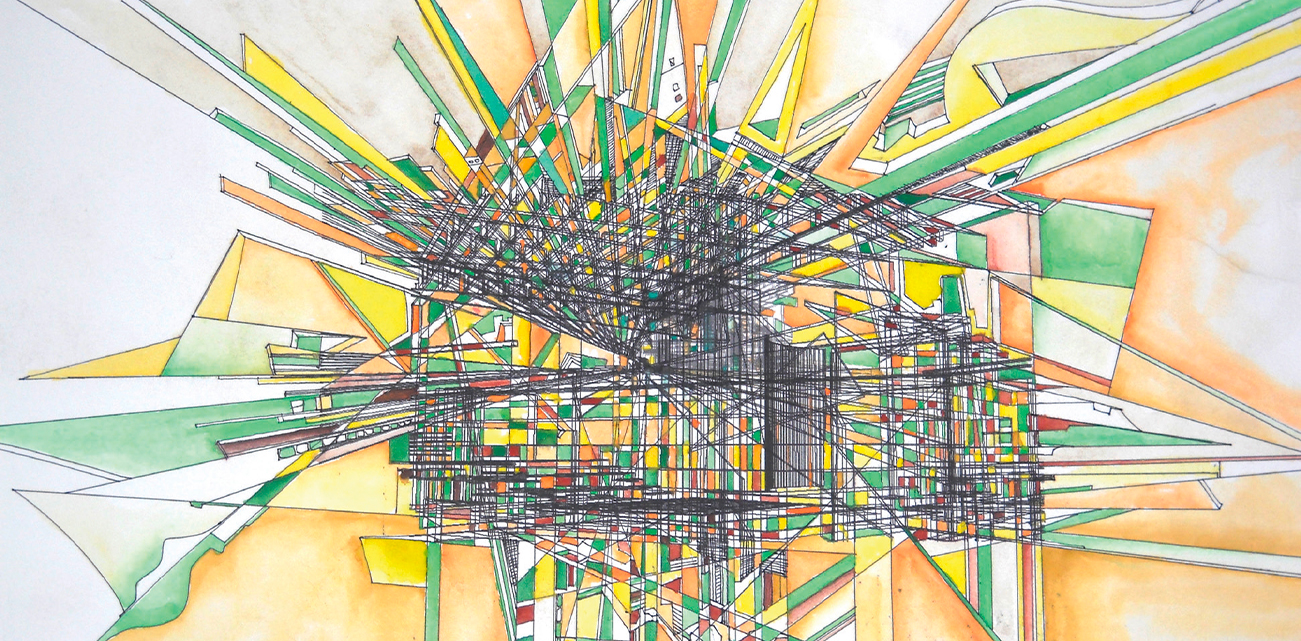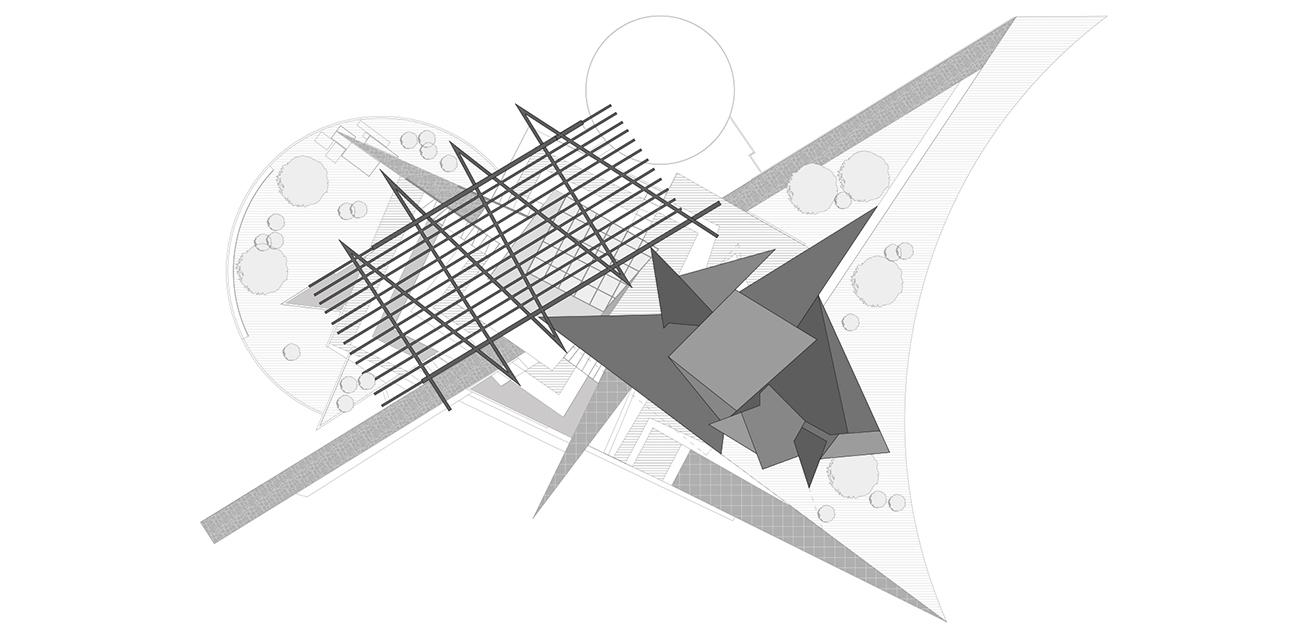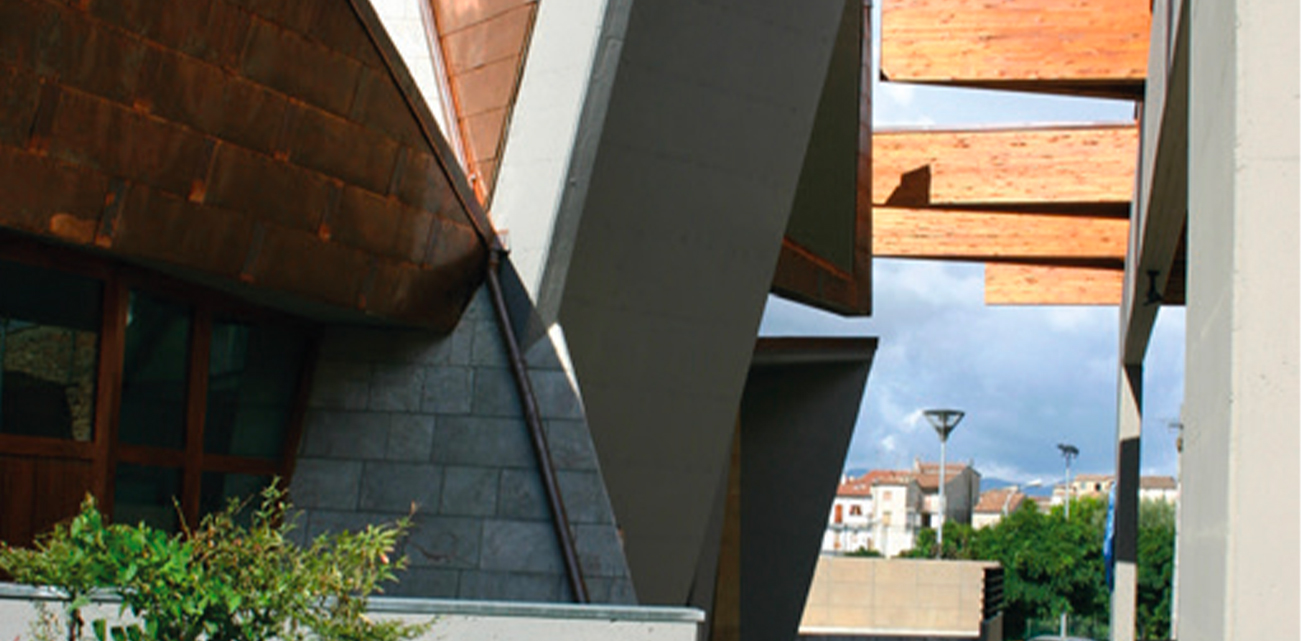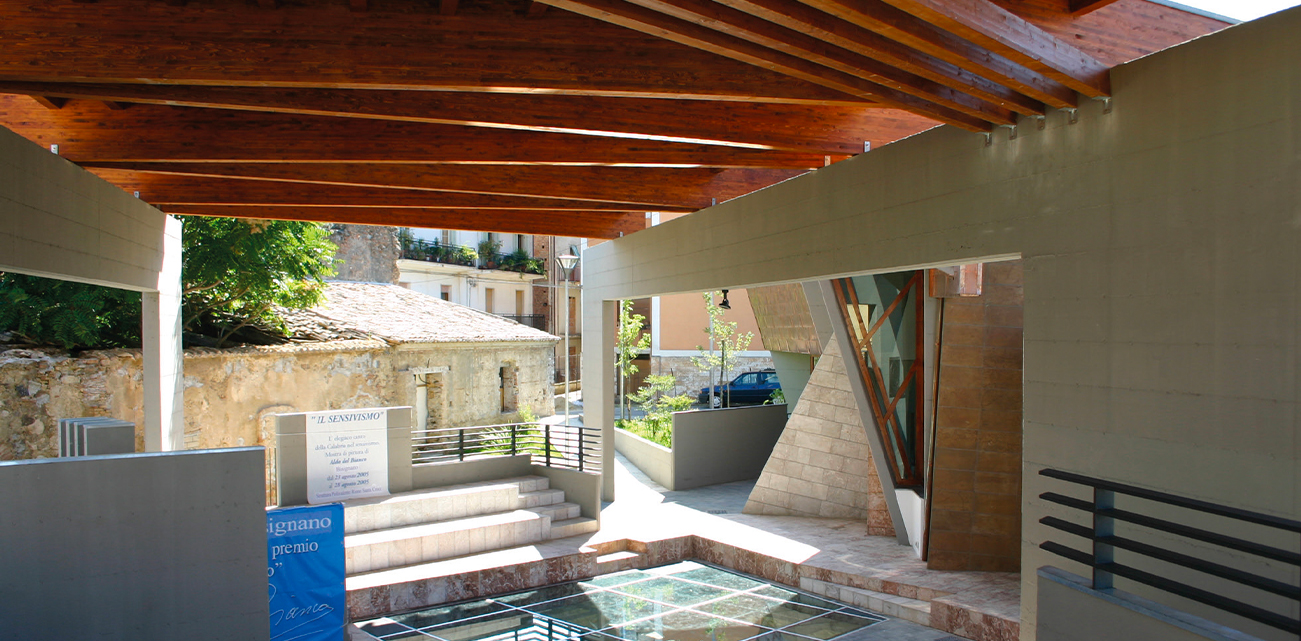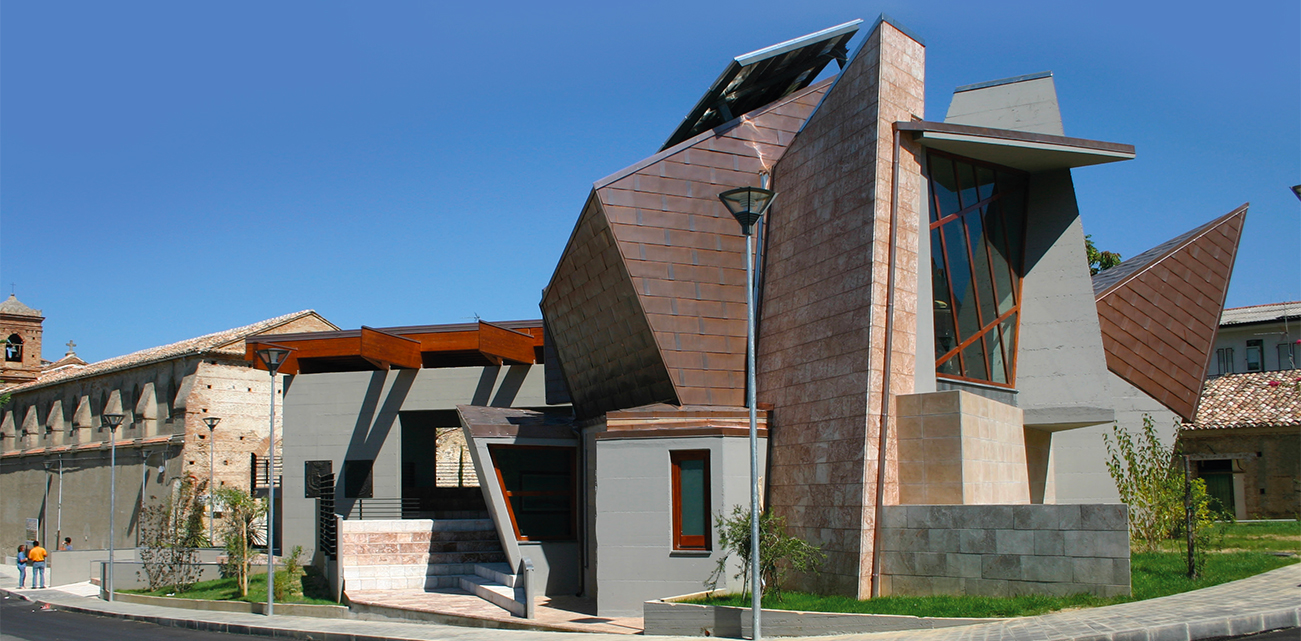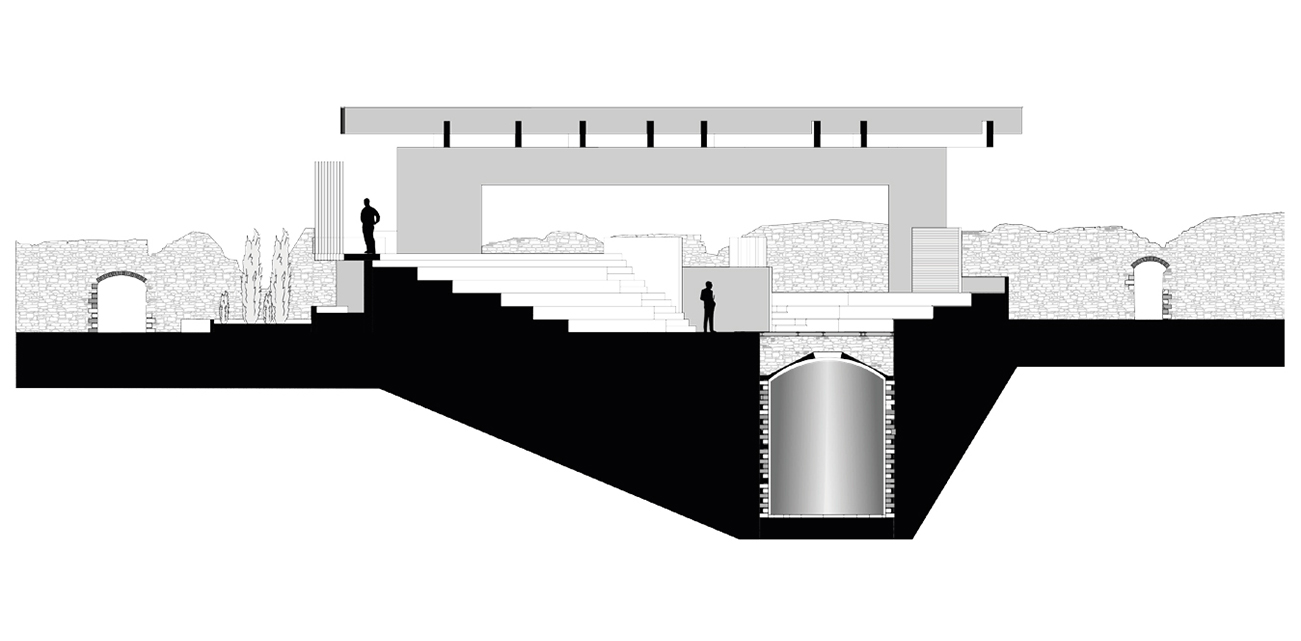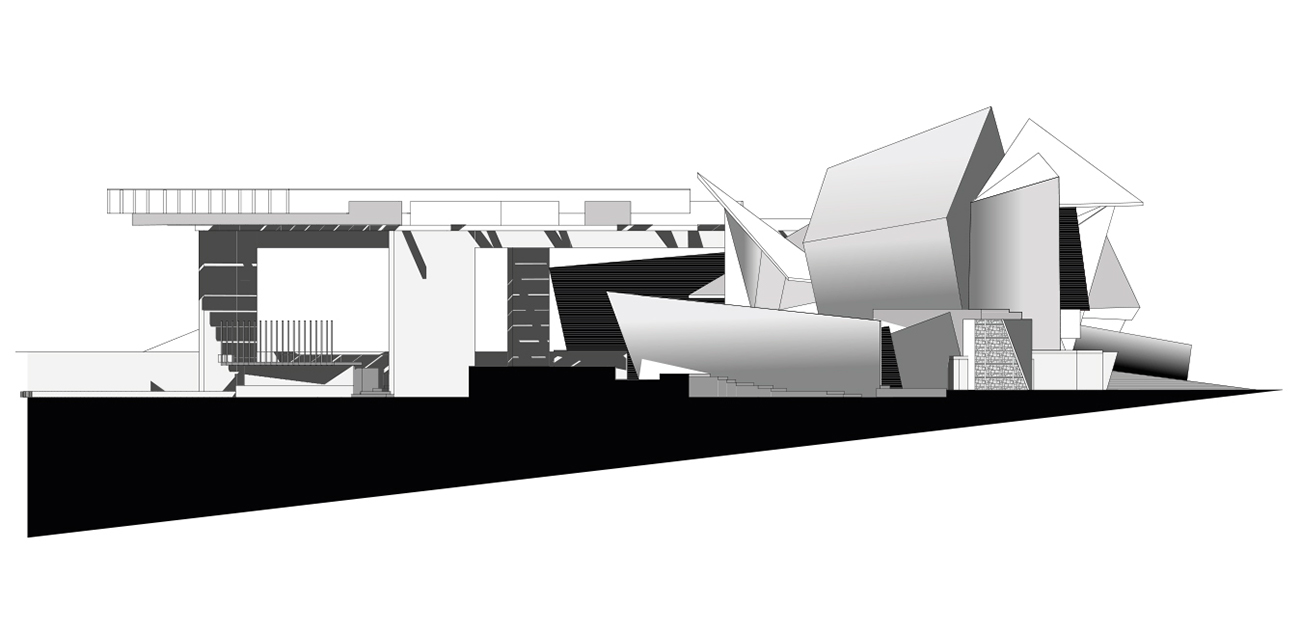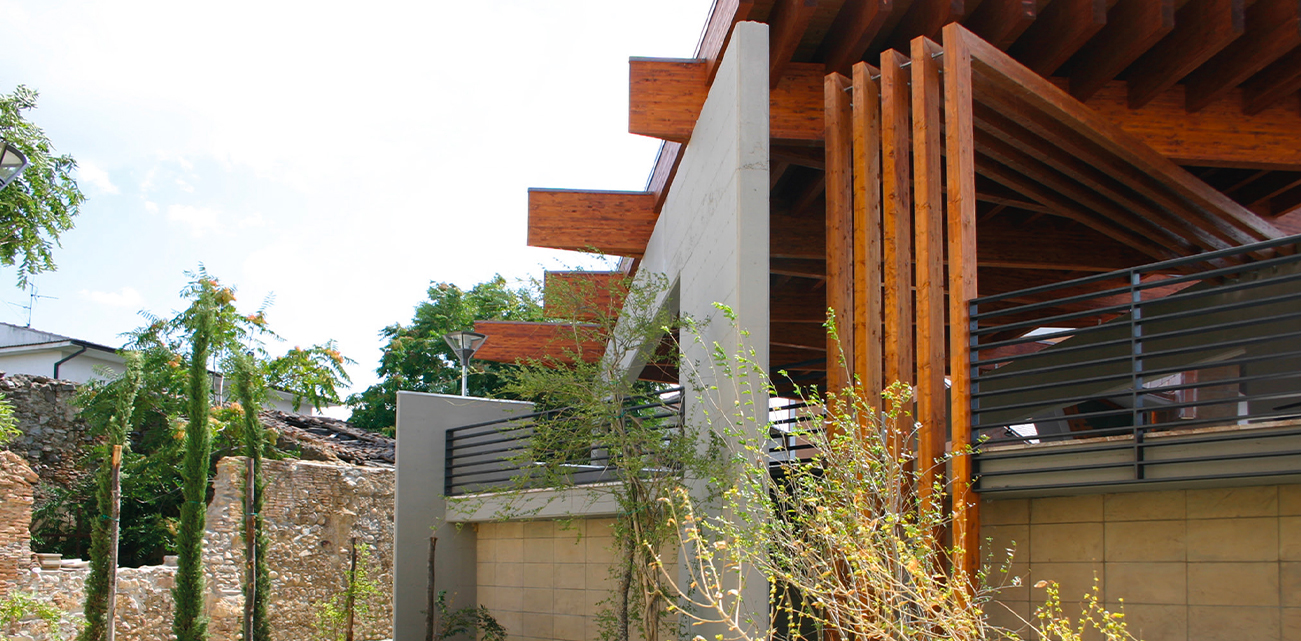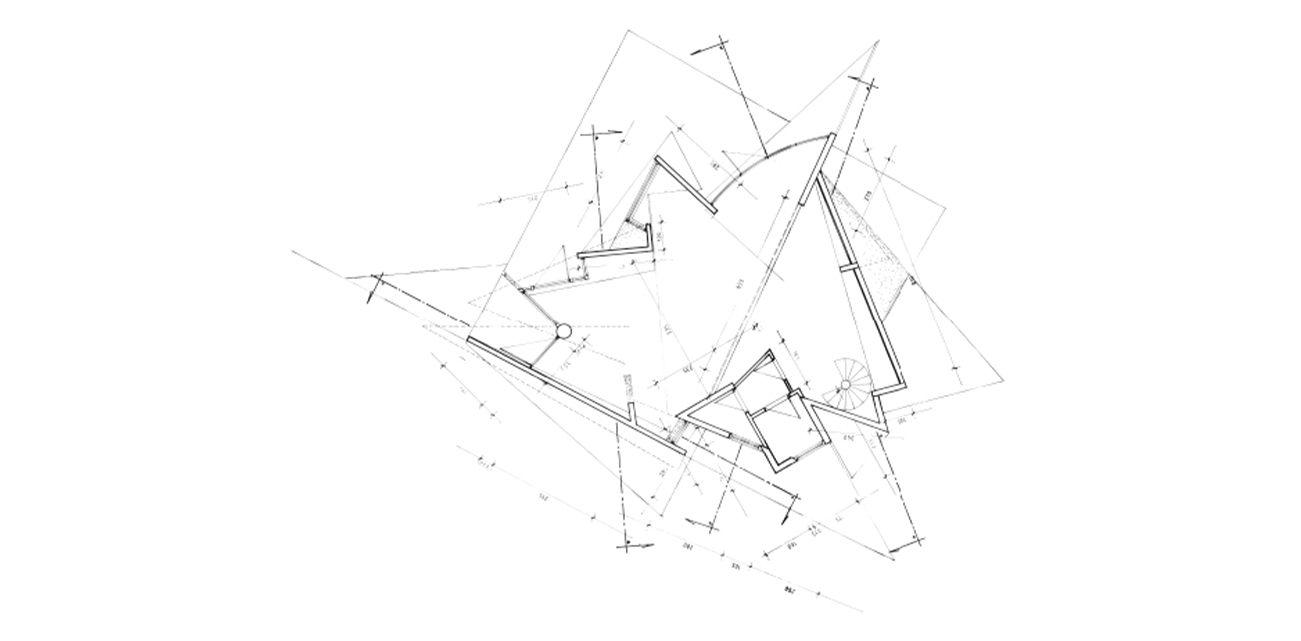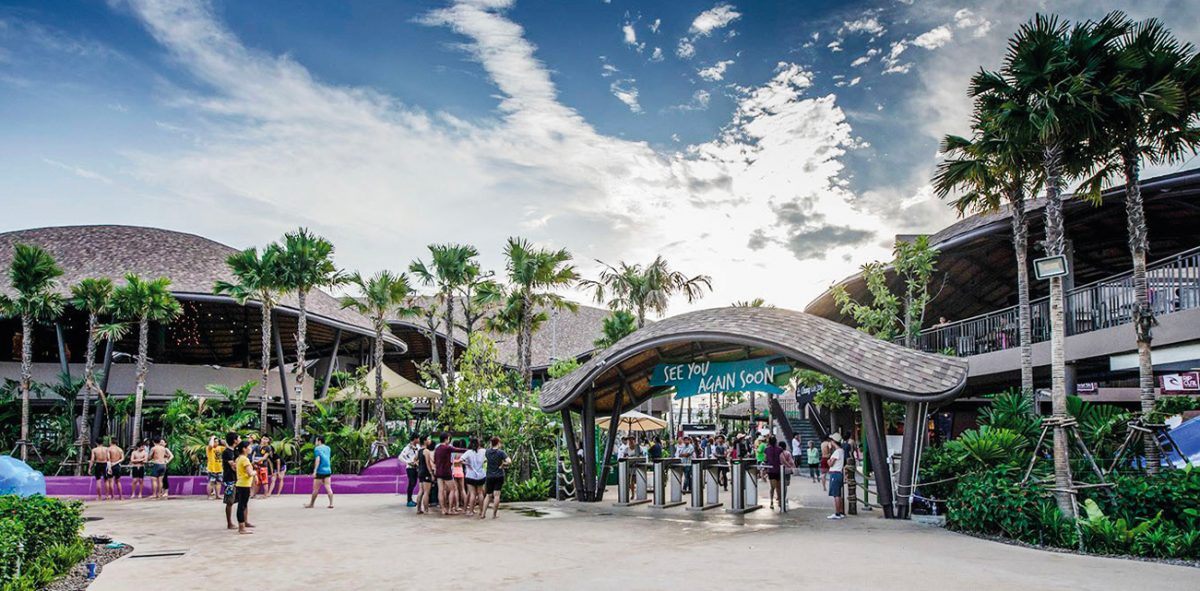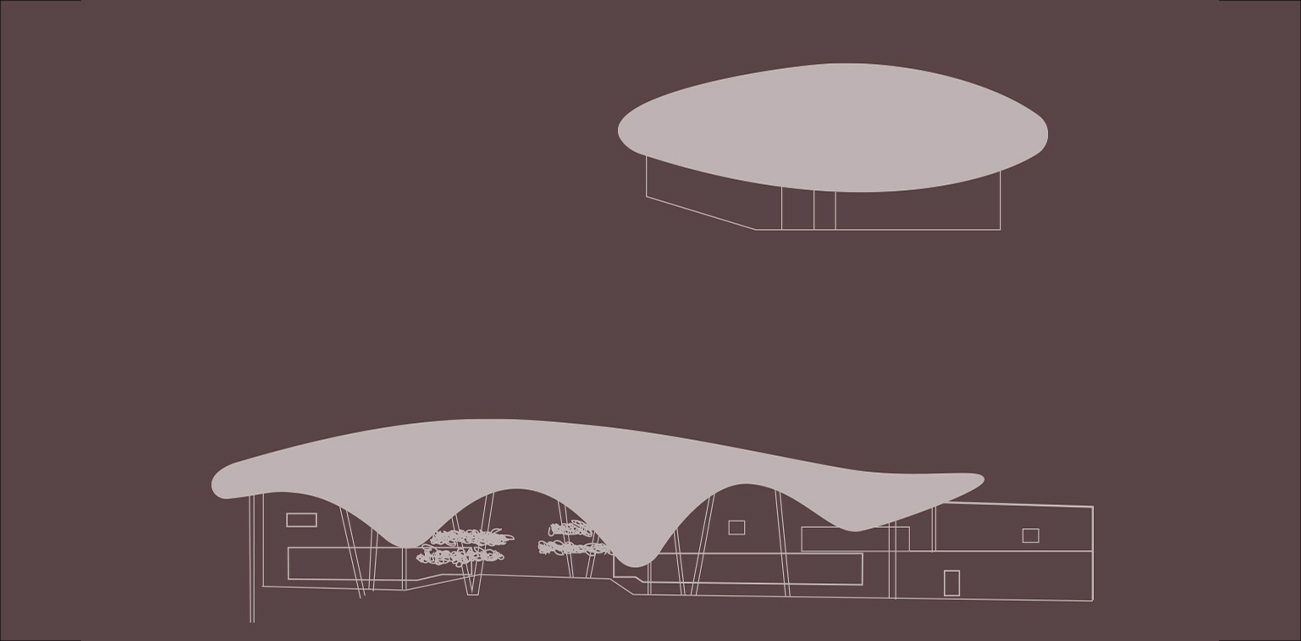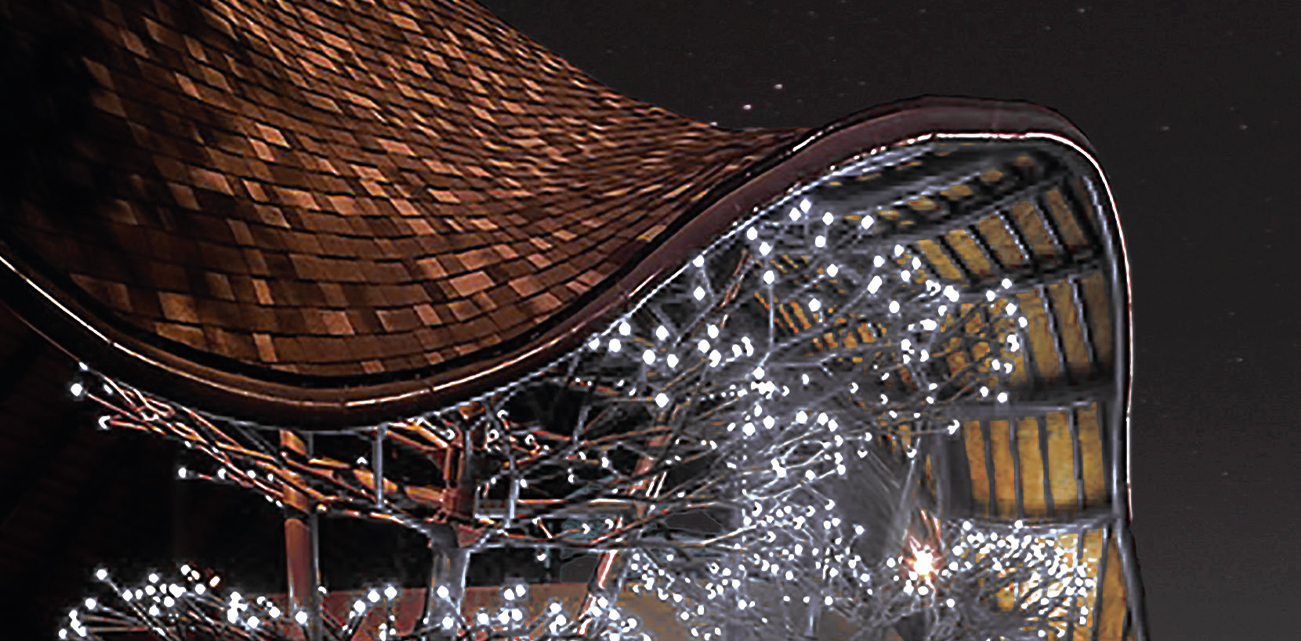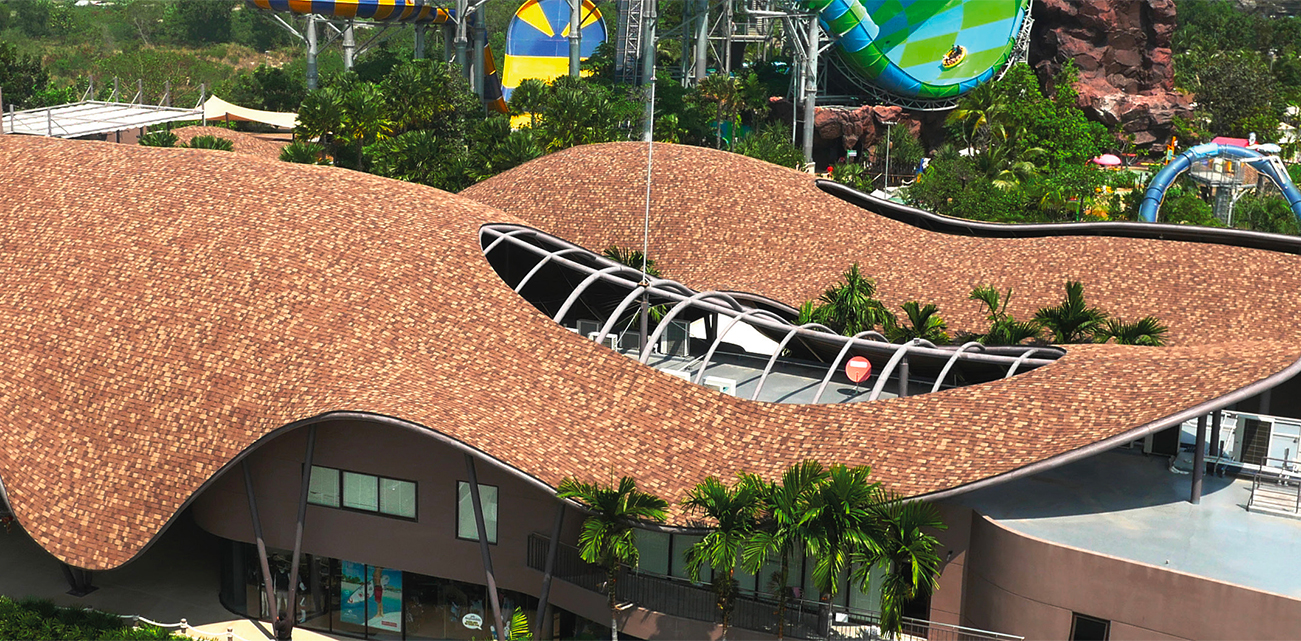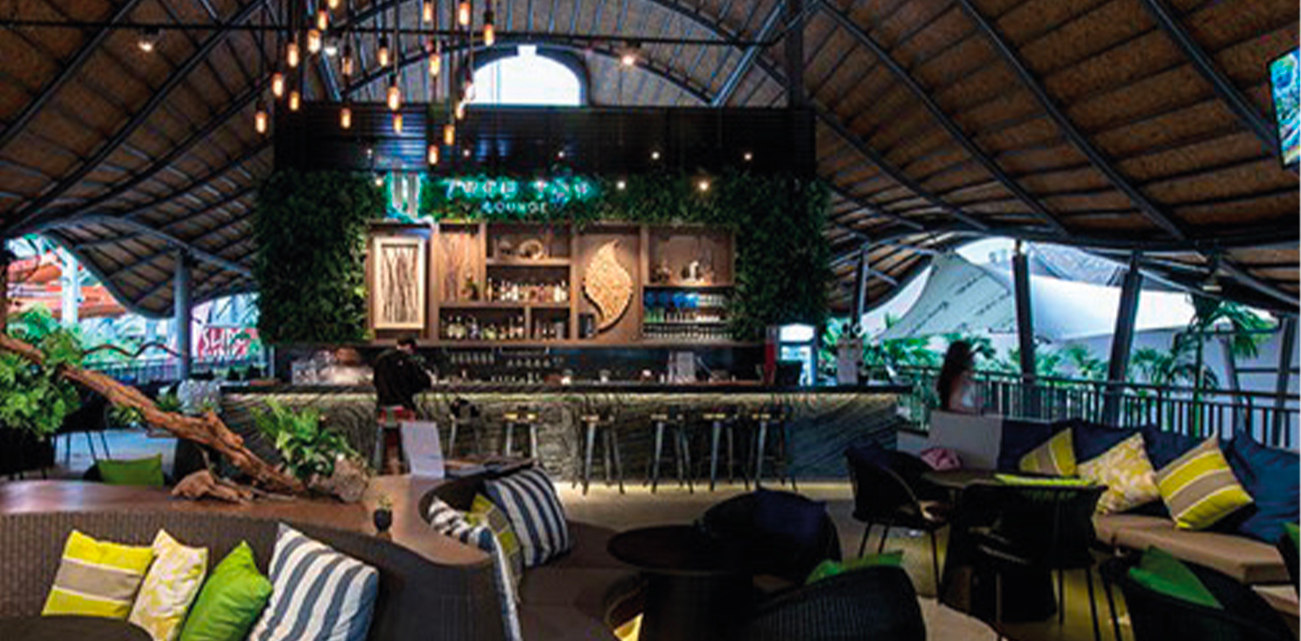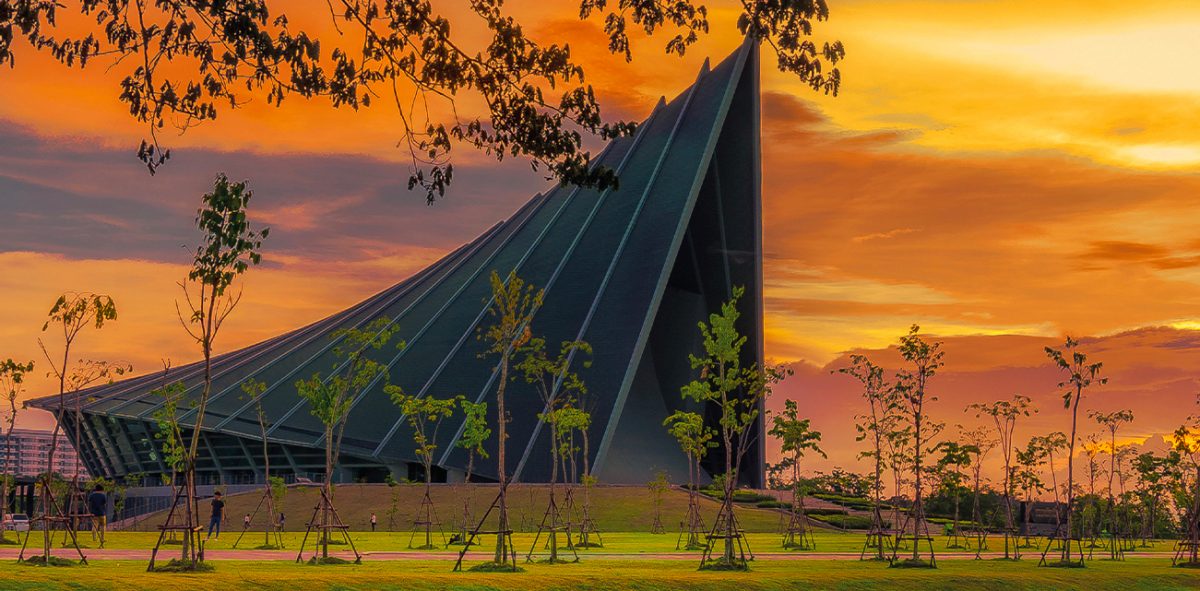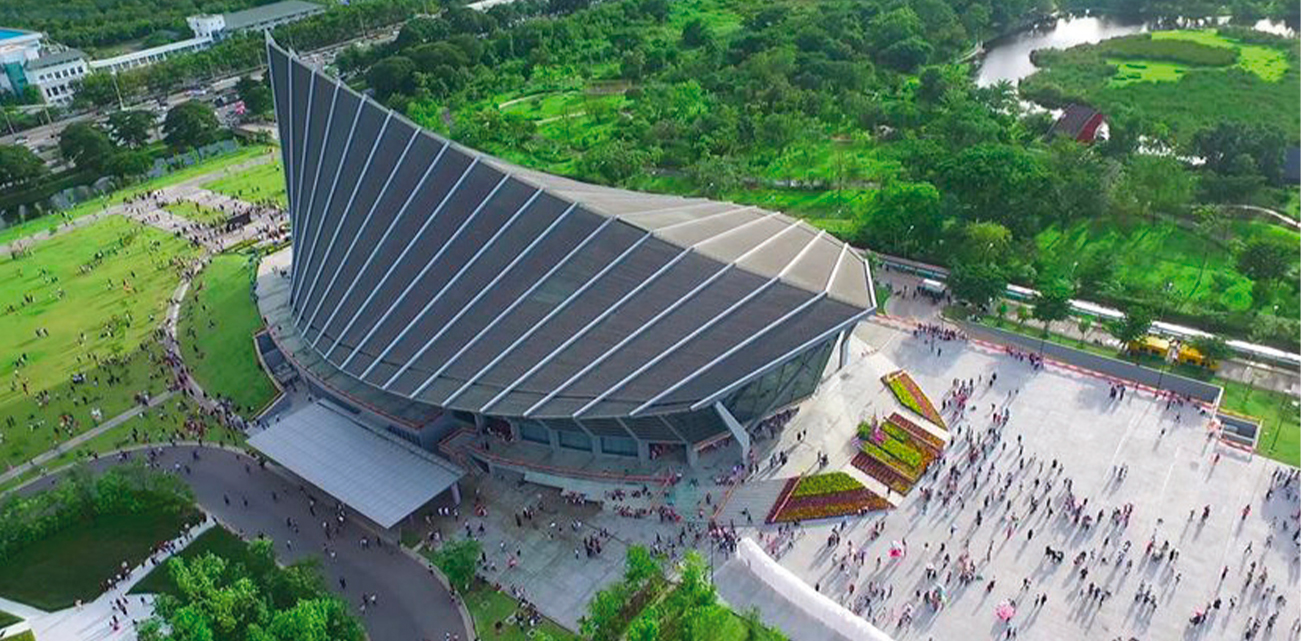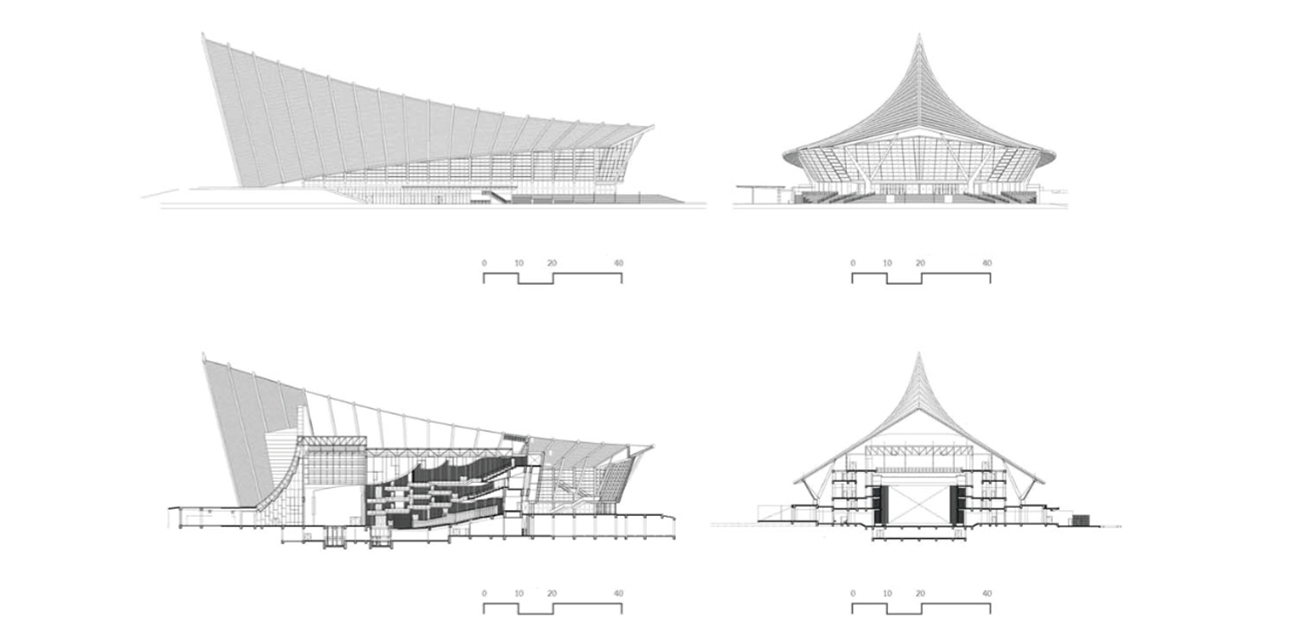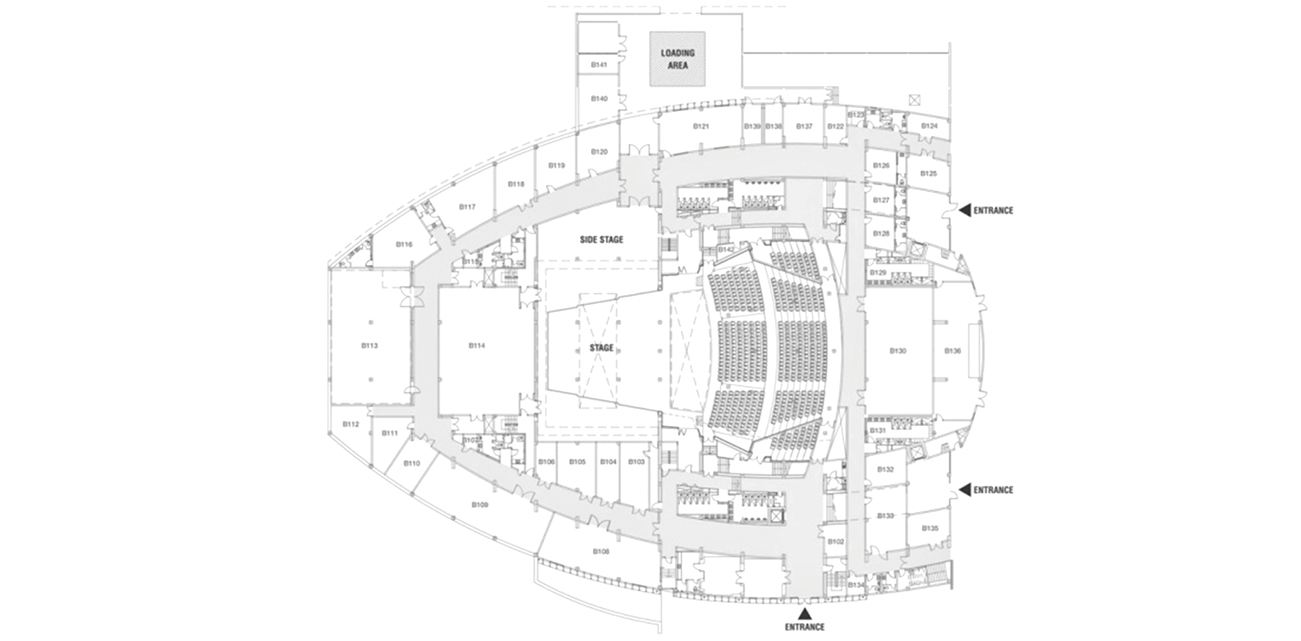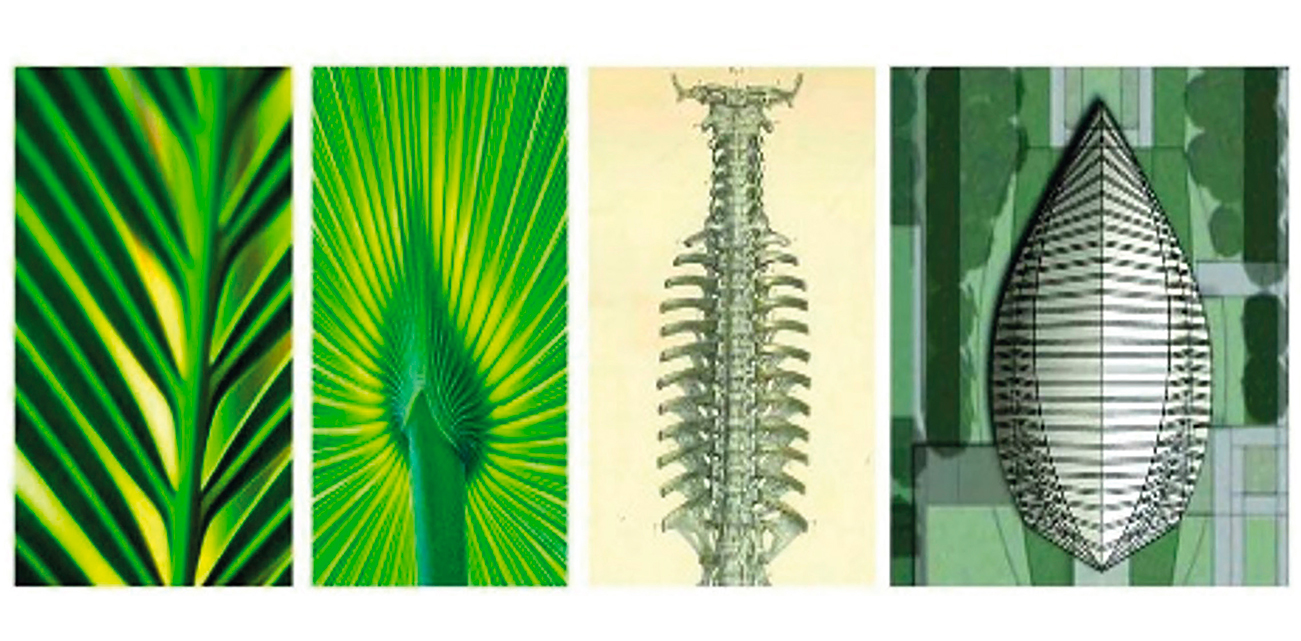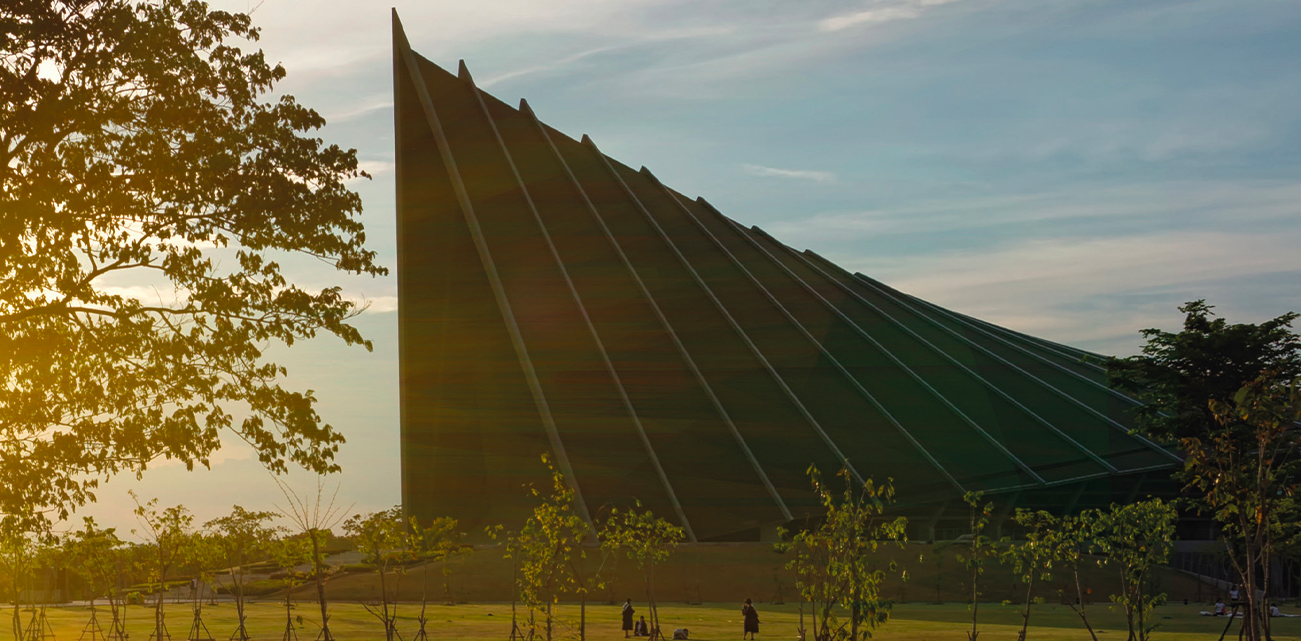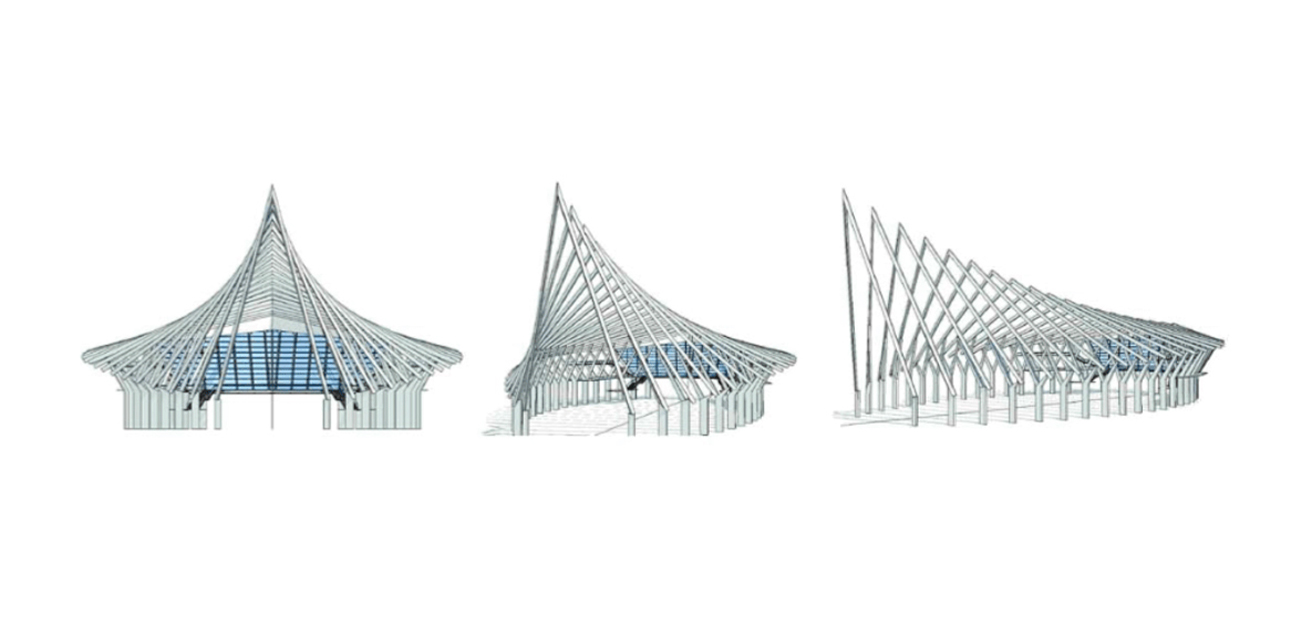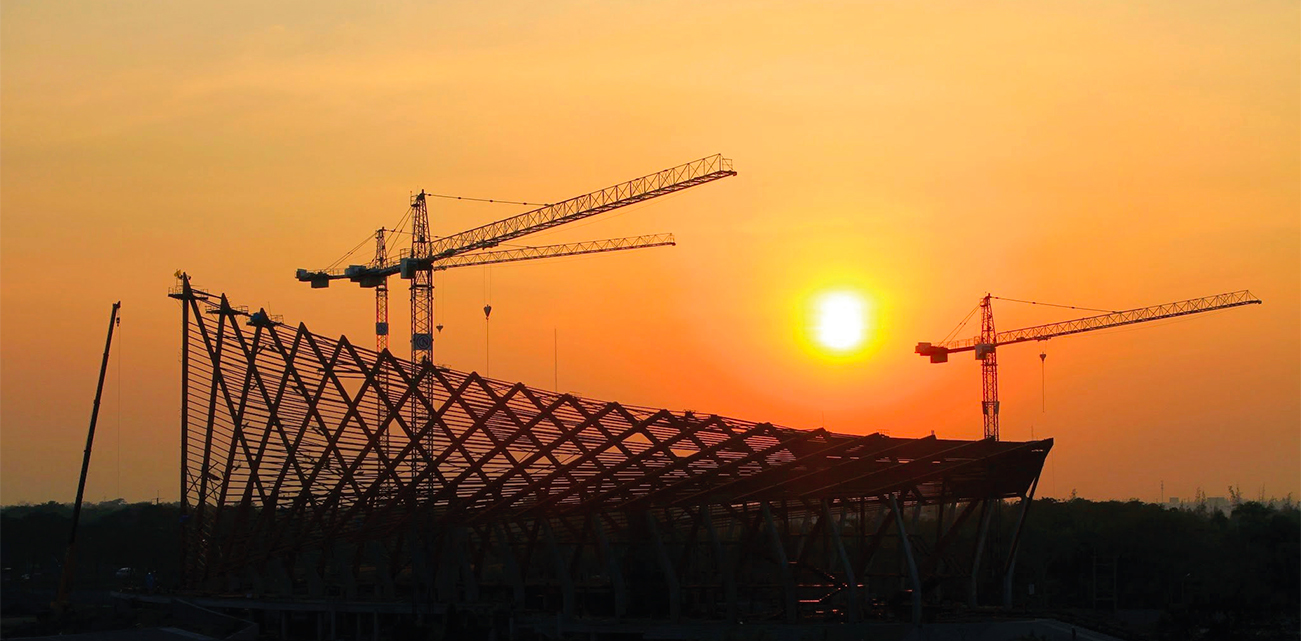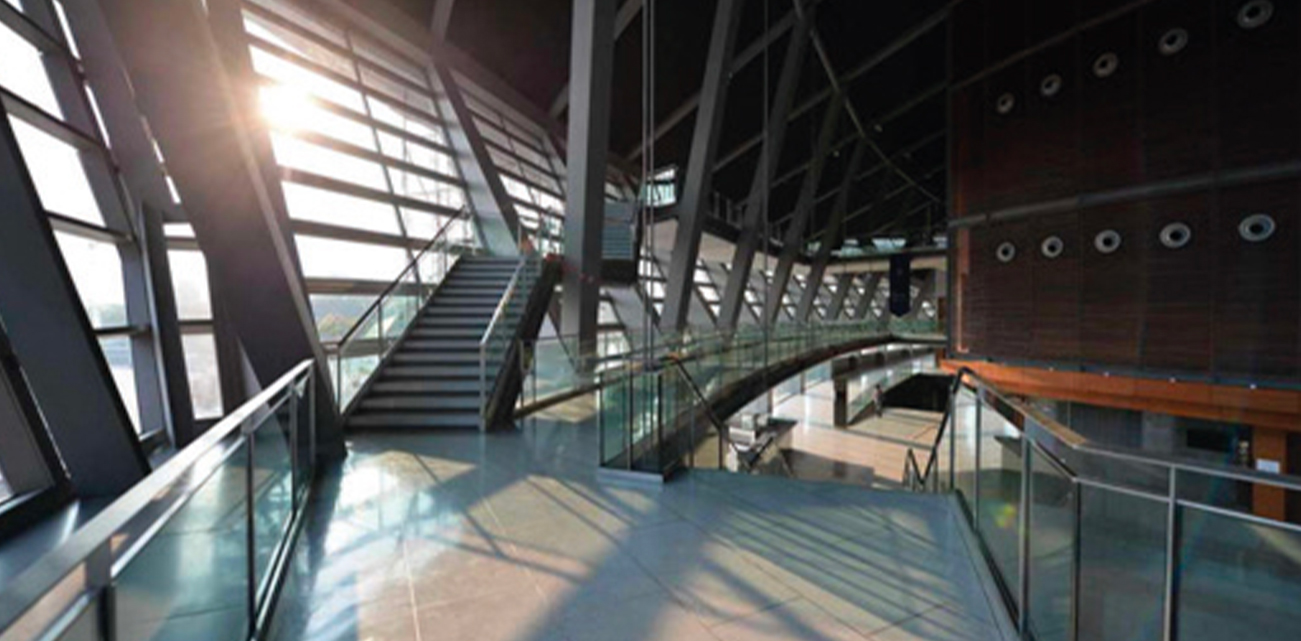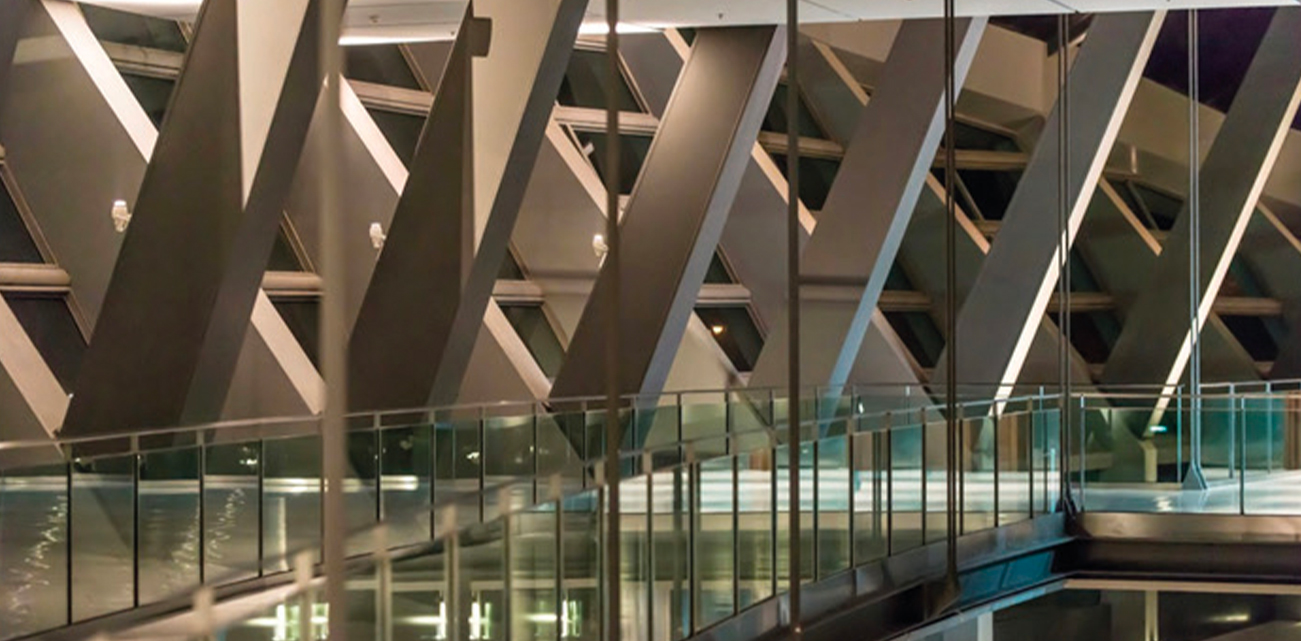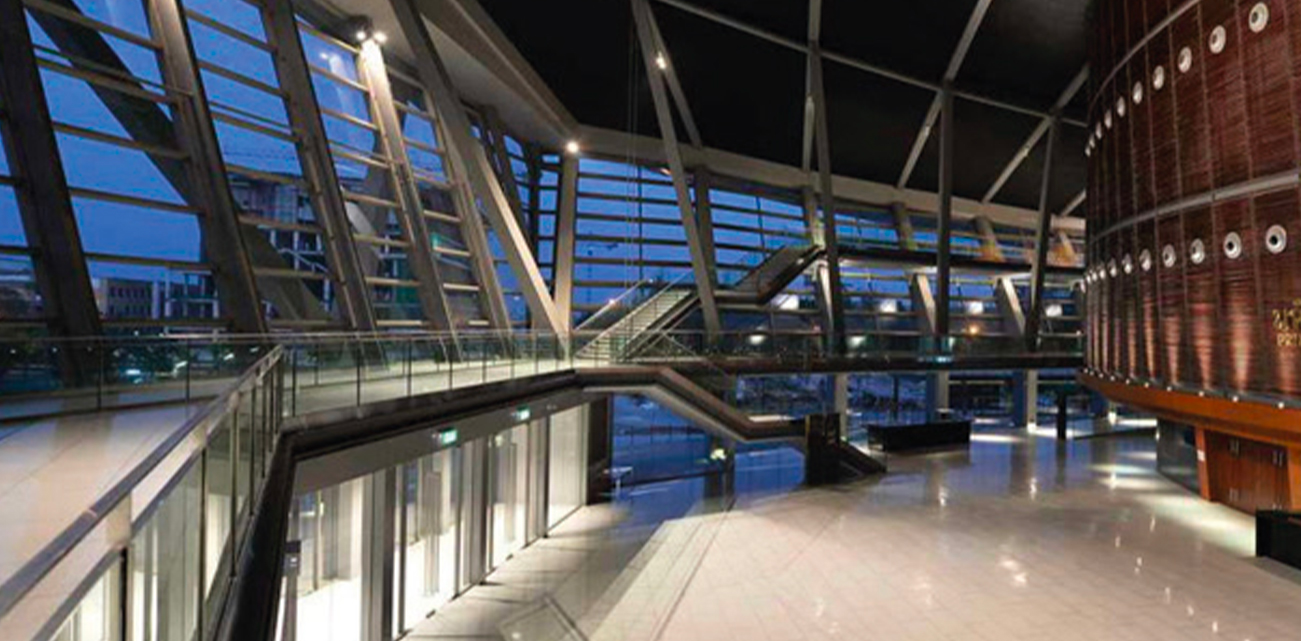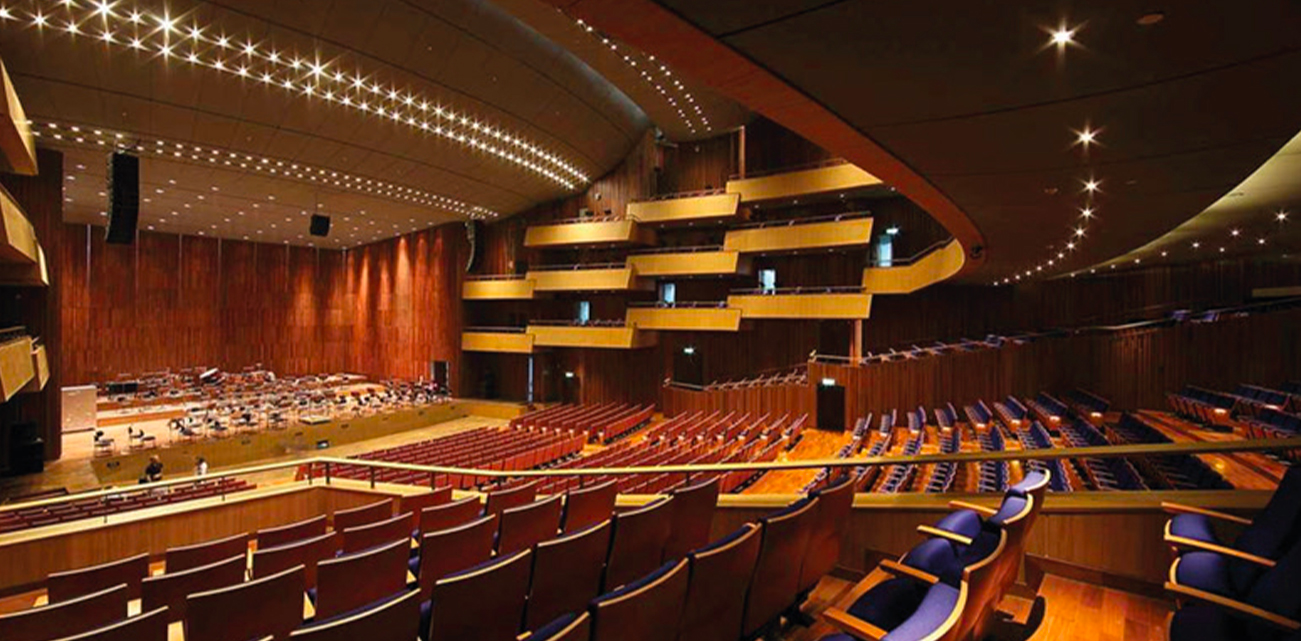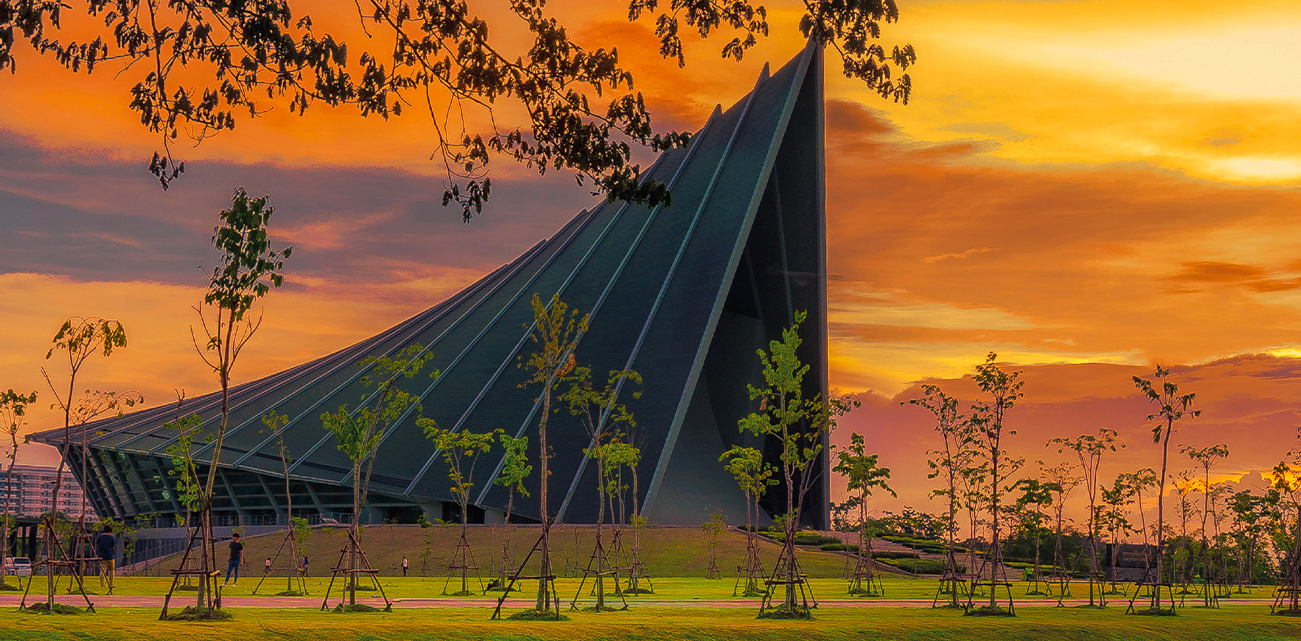When it comes to adding character and visual appeal to a building’s roofline, dormers play a crucial role. These architectural elements not only enhance the overall aesthetics but also provide additional space and natural light to the interior. Among the various types of dormers available, rounded dormers have emerged as a popular choice for architects seeking to create a unique and visually striking design. Rounded dormers are popular in Romania due to several factors that are influenced by the country’s architectural heritage, climate, and cultural preferences, one of our top technical consultants for roofers, engineer Mihai Căplescu, explains.
This article explores why roofers might choose rounded dormers and the compatibility of Tegola Canadese’s Master bitumen shingles with this type of roof.
Why Choose Rounded Dormers in the first place?
Aesthetics: Rounded dormers are renowned for their soft, curved lines, which add a touch of elegance and charm to the overall architectural design. Their graceful appearance can enhance the curb appeal of any structure, making it stand out from the rest.
Architectural Harmony: Rounded dormers offer a seamless integration with a variety of architectural styles, including Victorian, Georgian, and even contemporary designs. The gentle curves of rounded dormers create a harmonious transition between the roofline and the walls, providing a cohesive and pleasing visual effect.
Maximizing Space: One of the primary reasons architects opt for rounded dormers is to maximize the usable space within the building. These dormers offer increased headroom and floor area, making them ideal for creating additional living space, such as cozy reading nooks, home offices, or even small bedrooms.
Natural Light and Ventilation: Rounded dormers feature large windows, allowing an abundance of natural light to flood the interior space. The windows can also be designed to open, facilitating proper ventilation and improving indoor air quality.
Engineer Mihai Căplescu has created hundreds of houses that feature the Tegola Master bitumen shingles and a few with rounded dormers specifically. We sat with him recently and asked him to tell us more about this interesting feature.

I: What are, in your opinion, the reasons why rounded dormers have gained popularity in Romania?
M: It is important to note that while rounded dormers have gained popularity in Romania, architectural preferences can vary across different regions and individual projects. However, the enduring appeal of rounded dormers in Romanian architecture can be attributed to their ability to evoke a sense of tradition, complement the climate, and create visually captivating designs that align with the country’s cultural and architectural heritage.
Here, in Romania, as is the trend throughout Europe, there is a focus o preserving Traditional Architecture: Romania boasts a rich architectural heritage, with influences from various periods, including Gothic, Renaissance, Baroque, and Neoclassical styles. Rounded dormers align with the traditional design aesthetics seen in many Romanian buildings, especially in rural areas. These rounded elements add a sense of charm and character that resonates with the country’s architectural heritage.
Also, rounded dormers often evoke a nostalgic sense of tradition and cultural identity. In Romania, there is a deep appreciation for preserving and celebrating local heritage. Rounded dormers, with their timeless appeal, contribute to the preservation of traditional architectural styles and help maintain a connection to the past.
On another note, there are also the climate considerations, Romania experiences a range of weather conditions, including cold winters and hot summers. Rounded dormers offer practical benefits in terms of energy efficiency and ventilation. The curved design helps to prevent snow accumulation and allows for better airflow, making them suitable for adapting to the country’s climate.
Architects also use the rounded dormers features for visual harmony as well – rounded dormers create a harmonious and visually pleasing roofline, blending seamlessly with the overall architectural composition. This design choice contributes to the balanced proportions and aesthetics of Romanian buildings, which often prioritize symmetry and graceful lines.
Romania has a rich cultural heritage, with folklore and traditional stories deeply woven into the fabric of society. Rounded dormers can sometimes be associated with folklore and local tales, adding a touch of whimsy and storytelling to the architectural narrative.

I: What are the main characteristics of the rounded dormers roof and what can people expect when choosing it?
M: Designing and building a roof with rounded dormers is pretty challenging, if I can say so. Starting from the the base layer – the wood (support layer) that has to start by being installed on the rounded shape from the get go.
Furthermore, the next layers on the whole structure (bearing in mind that some of the underlayements can be pretty rigid) will have to be brought to the rounded shape.
Next, the carpentry (wood, pvc or alluminum) will have to be converted (windows included) to the semicircular shape.
On the outside, the valley will resemble an elypse, or more like an irregular shape with a high degree of difficulty during installation, in order to have that perfect surface finish in the end.
The top of a rounded dormer is the zero slope point, reason why my choice is Tegola’s bitumen shingles and sometimes metal roofing. However, regardless of the choice of surface materials, the stratigraphy should create a ventilated roof, that means creating a ventilation layer on top of the thermal insulation.
On the roof decking the roofer first installs the vapour diffusion layer (Vapobar/Difbar). Next, a grid of slat in installed to create the ventilation space and on top of that comes the roof deck that acts as the support layer for the shingles (for Tegola Canadese – OSB III).
An important fact to note is that the valley and the area of zero slope to the 15 degrees slope are protected against water infiltration with bitumen membranes such as Tegola’s Safety line.
It is my opinion that these types of rounded dormers can prove to be a bit more work overall, specifically when it comes to the installation, however, when executed flawlessly, the pleasure of the finished work is totally worth it.

I: Why have you used Tegola Canadese’s bitumen shingles for the rounded dormers:
M: When it comes to roofing materials for rounded dormers, Tegola’s bitumen shingles – specifically Master Line are my choice for several reasons:
1. Design: Master’s combinations of overlapping layers has helped design a seamingly effortless roof with smooth lines that still give that personality to the structure, reasons why it has been a pretty popular option for home owners specifically.
2. Durability: Tegola Canadese’s bitumen shingles are known for their exceptional durability and resistance to harsh weather conditions. They can withstand heavy rain, wind, and UV exposure, ensuring long-lasting protection for the roof and the dormer structure.
3. Versatility: these are available in a wide range of colors and textures, offering architects ample options to match the design intent of the building. They can seamlessly blend with various architectural styles and provide a beautiful, cohesive roofline.
4. Ease of Installation: Bitumen shingles are relatively lightweight and easy to install, making them a preferred choice for rounded dormers. Their flexibility allows them to conform to the curved surfaces of the dormer seamlessly, ensuring a neat and visually appealing finish.
5. Cost-Effective: Bitumen shingles offer an affordable roofing solution without compromising on quality or aesthetics. They provide excellent value for money, considering their durability, low maintenance requirements, and long lifespan.
Rounded dormers have become a favored architectural feature due to their captivating aesthetics, space-enhancing properties, and compatibility with various architectural styles. When it comes to roofing materials for rounded dormers, bitumen shingles offer a winning combination of durability, versatility, ease of installation, and cost-effectiveness. By choosing rounded dormers and pairing them with bitumen shingles, architects can create visually stunning structures that stand the test of time while providing additional functionality and charm.
Alexandra Mutiu
Specialist marketing Tegola Romania















